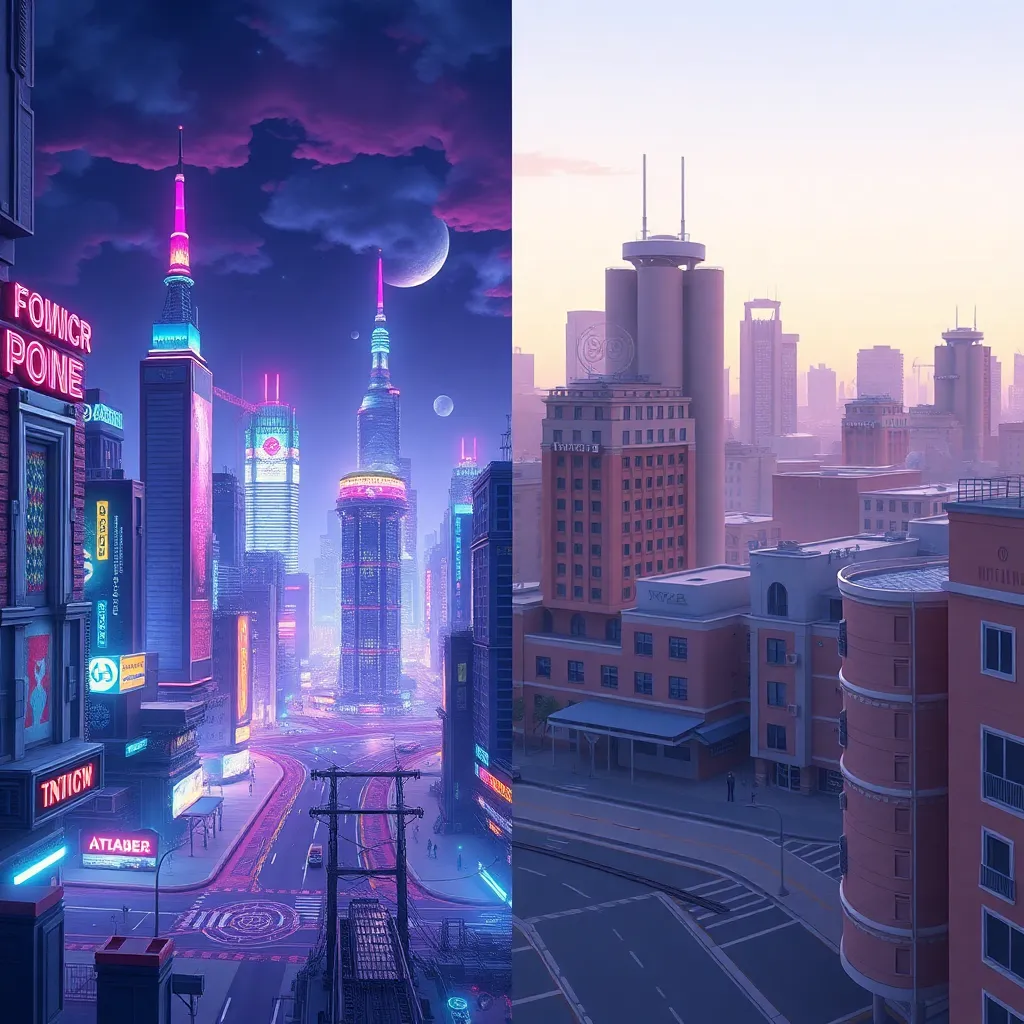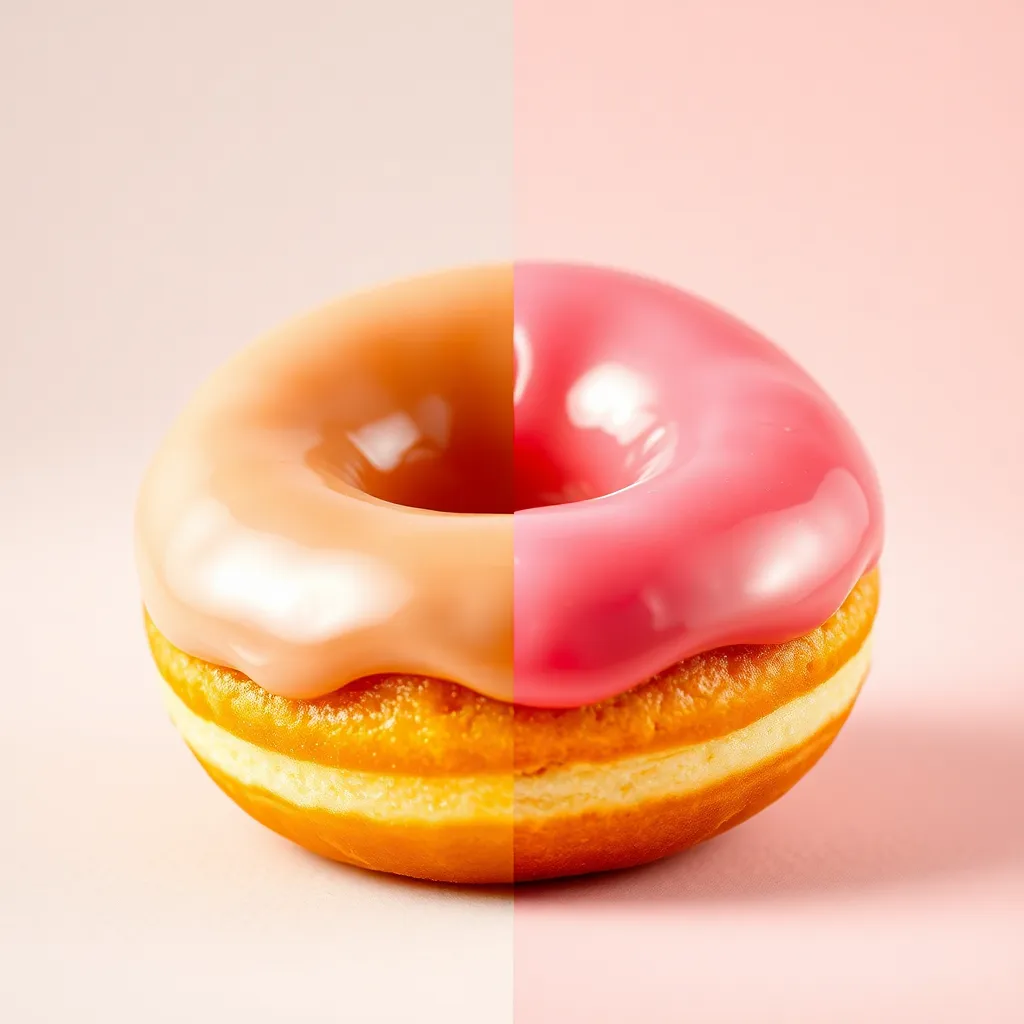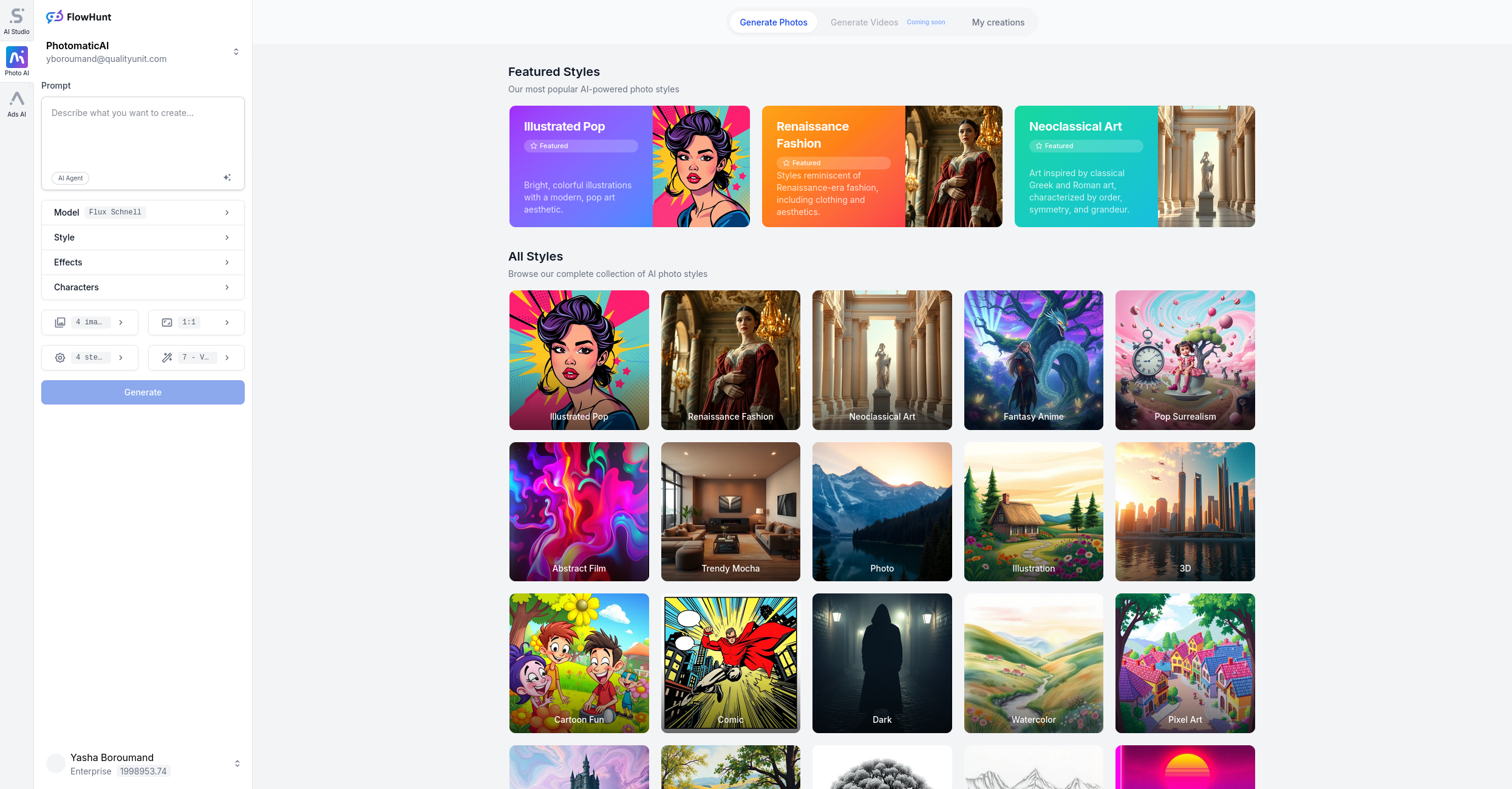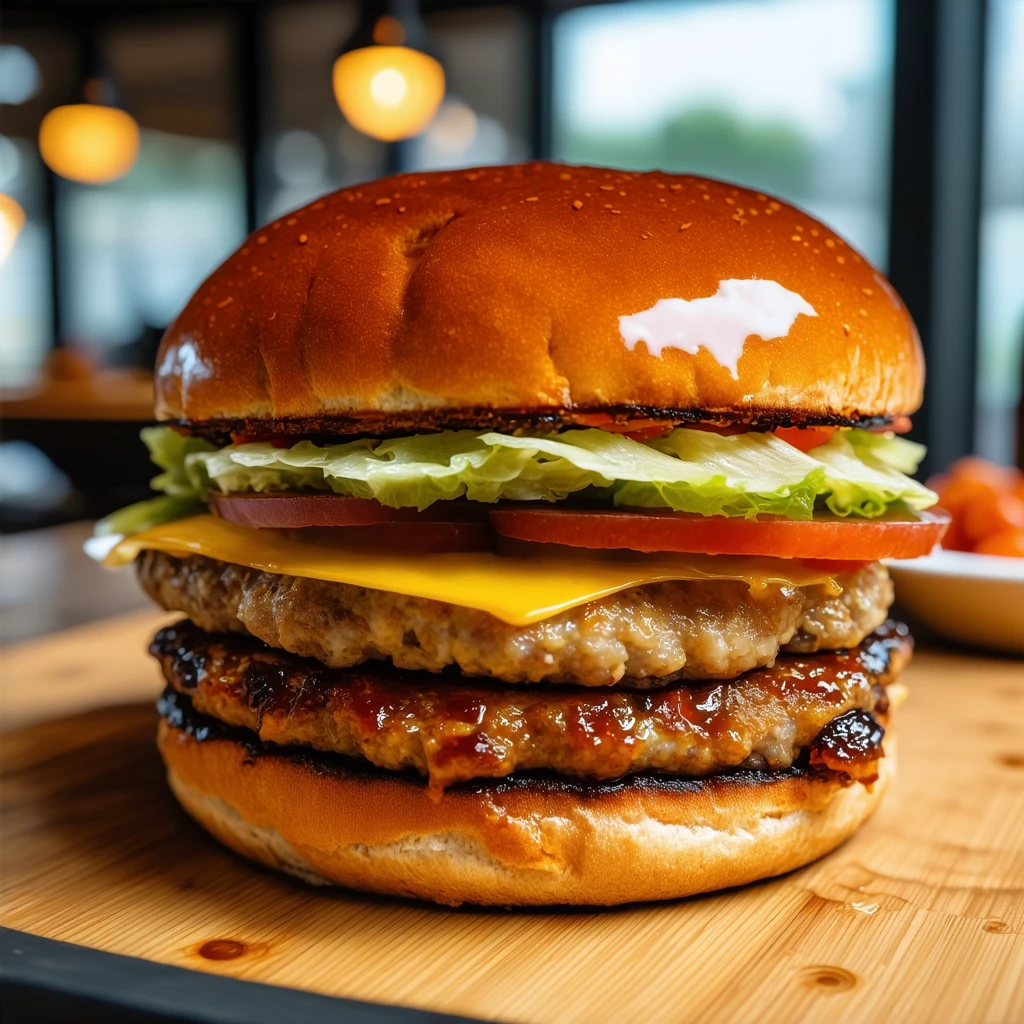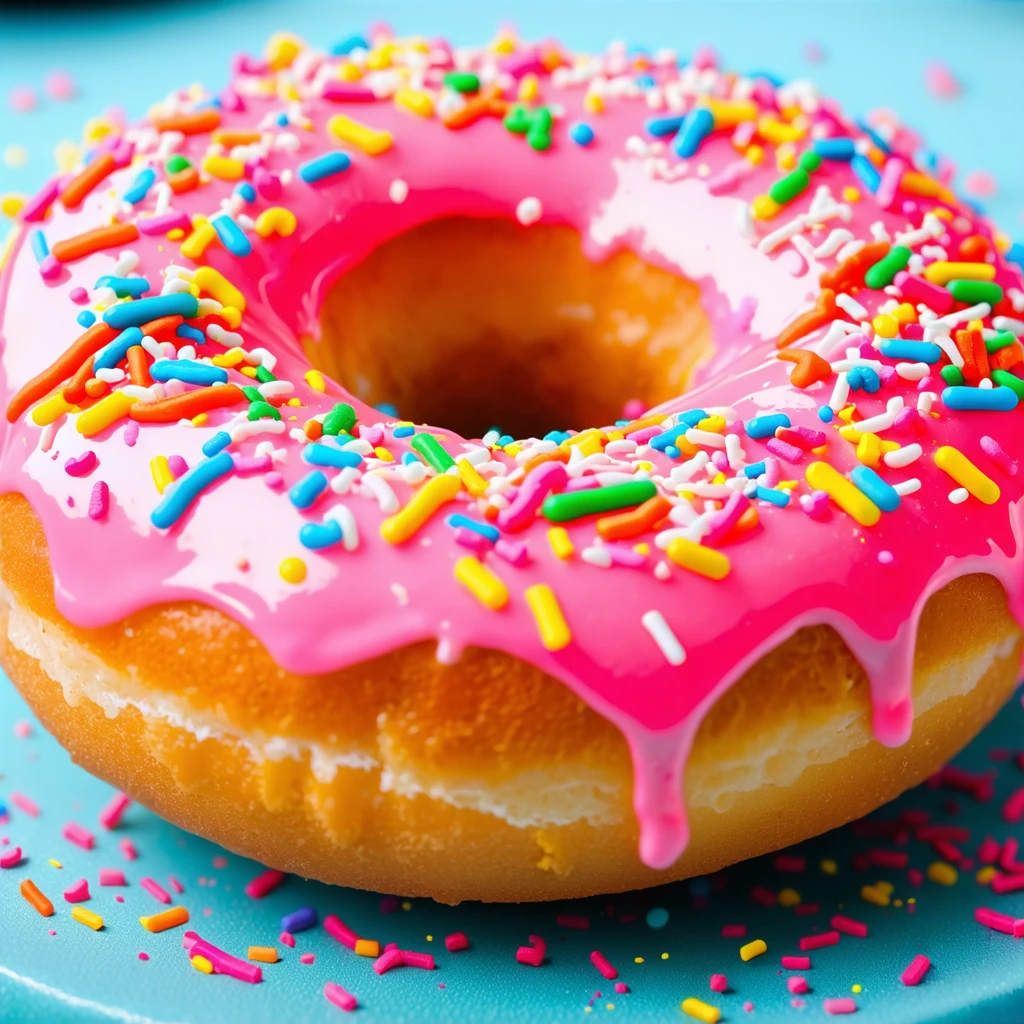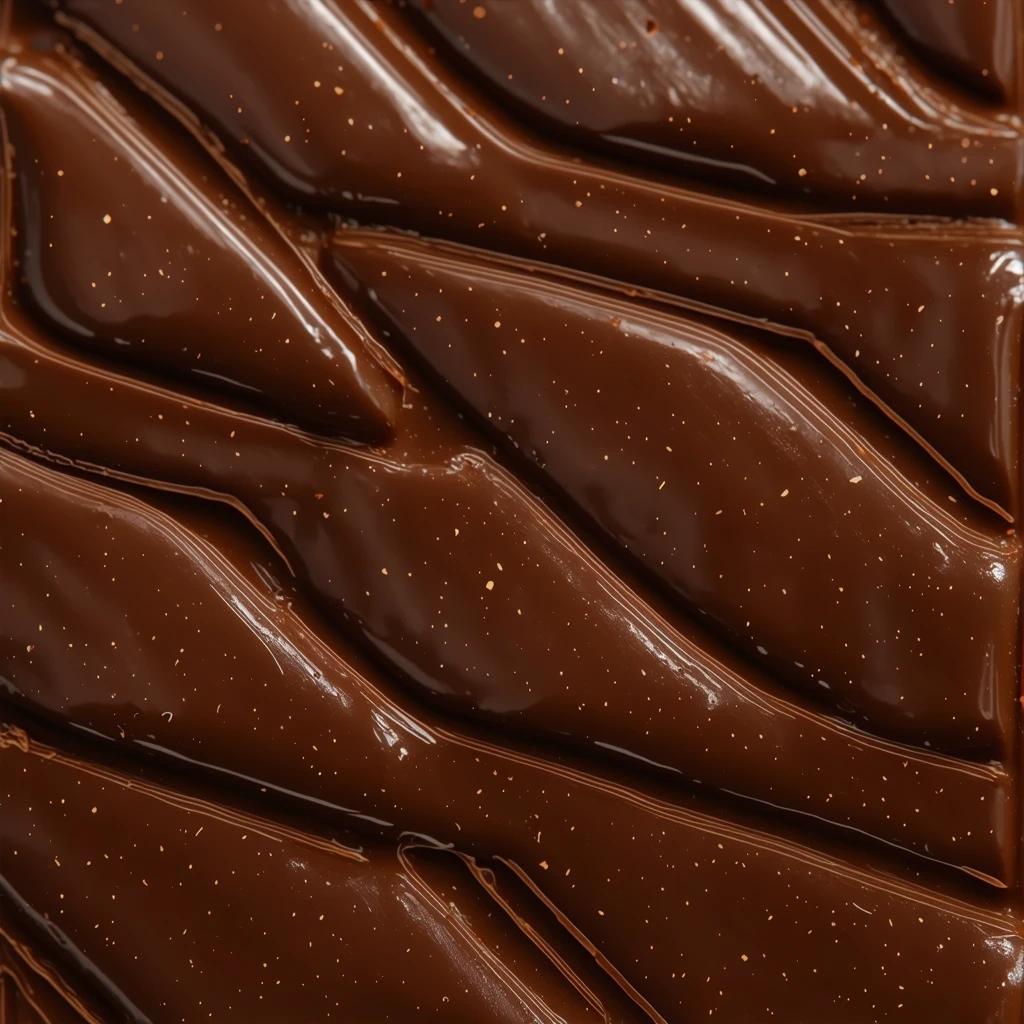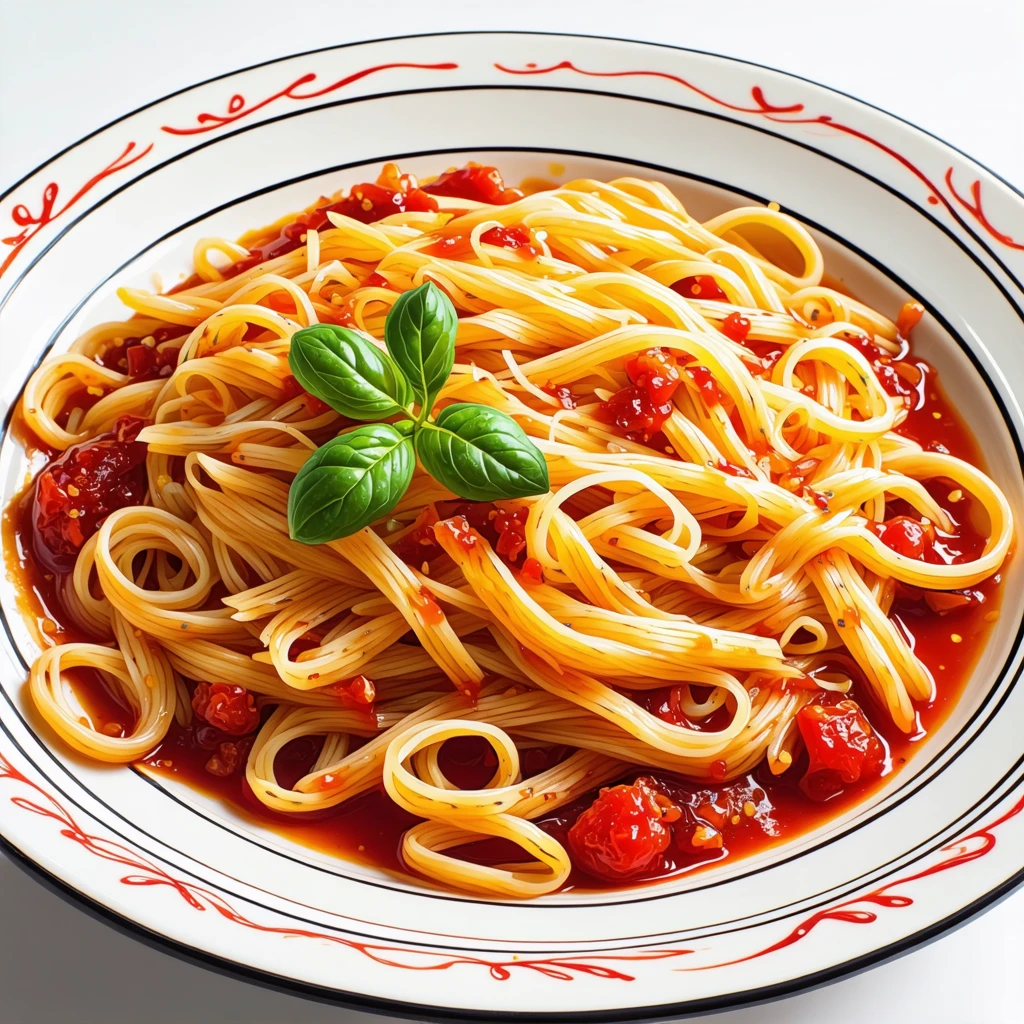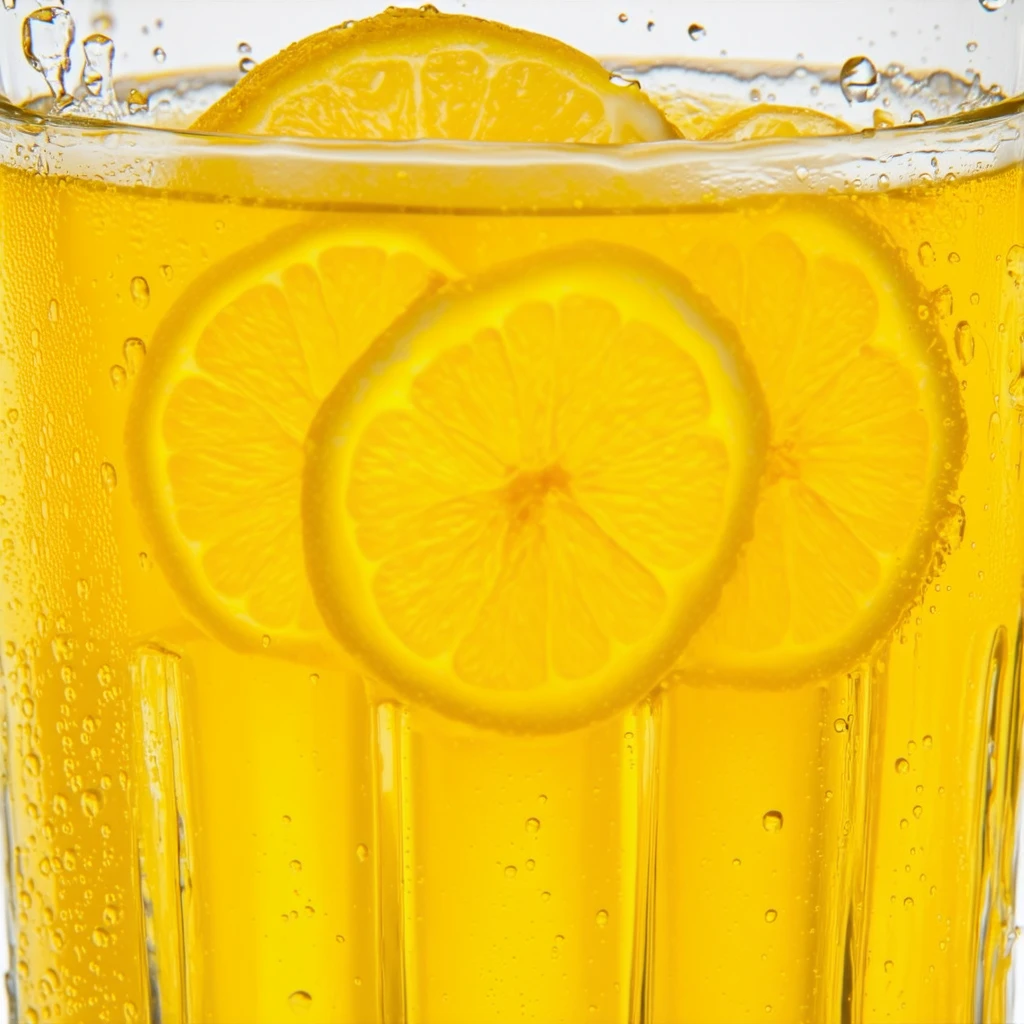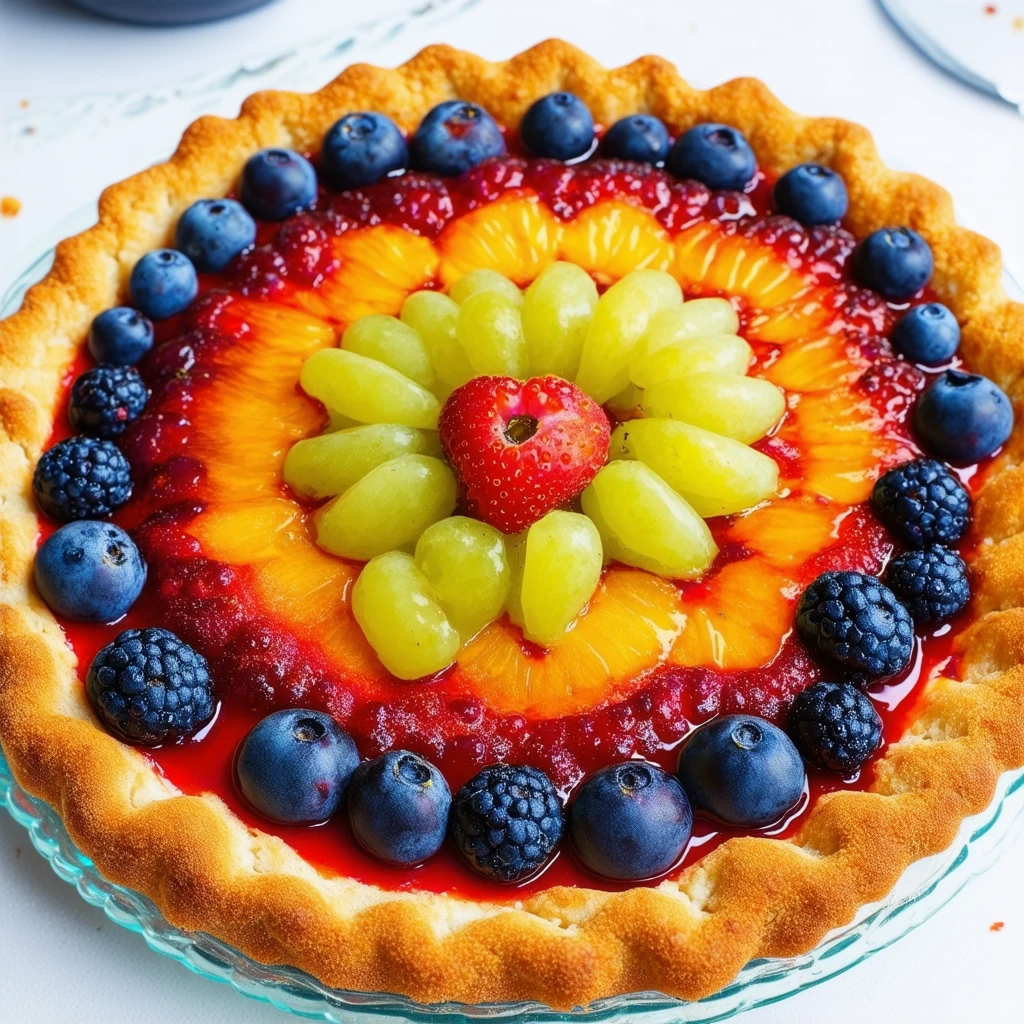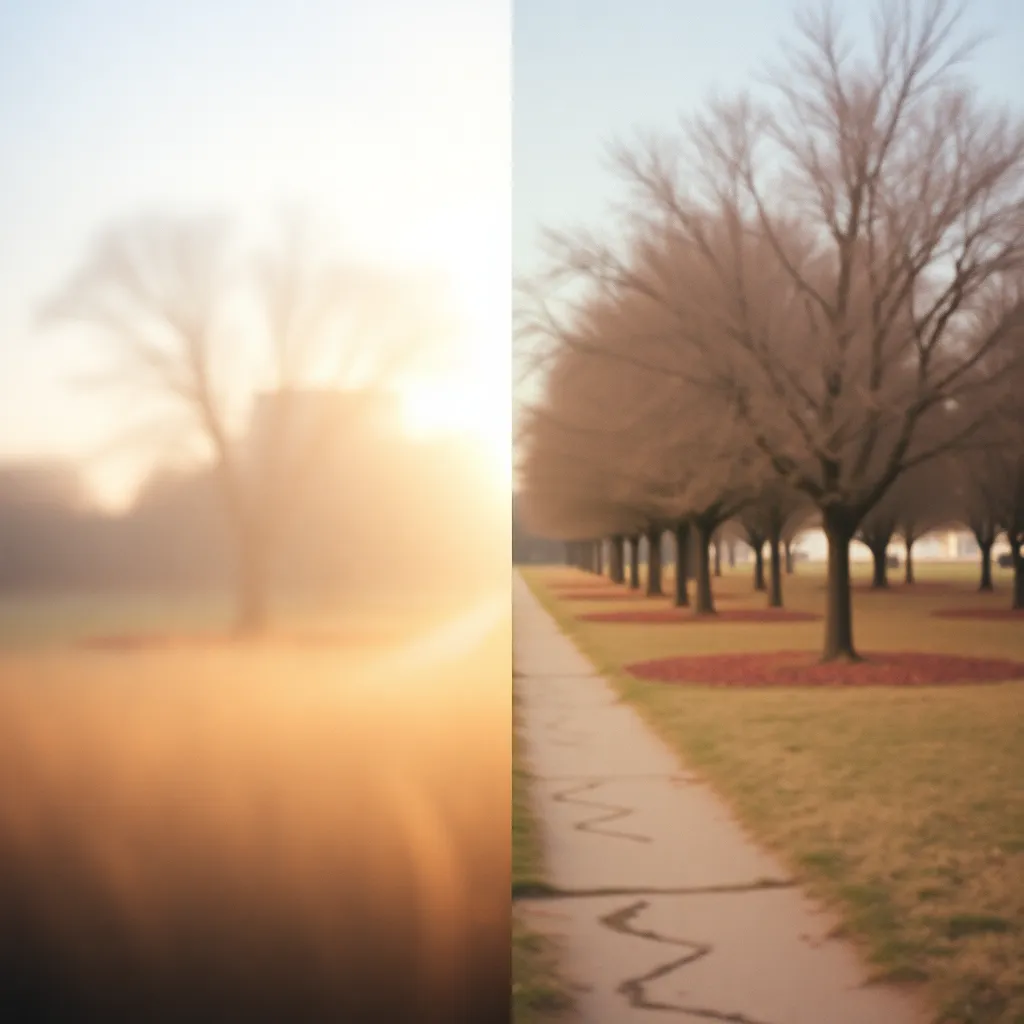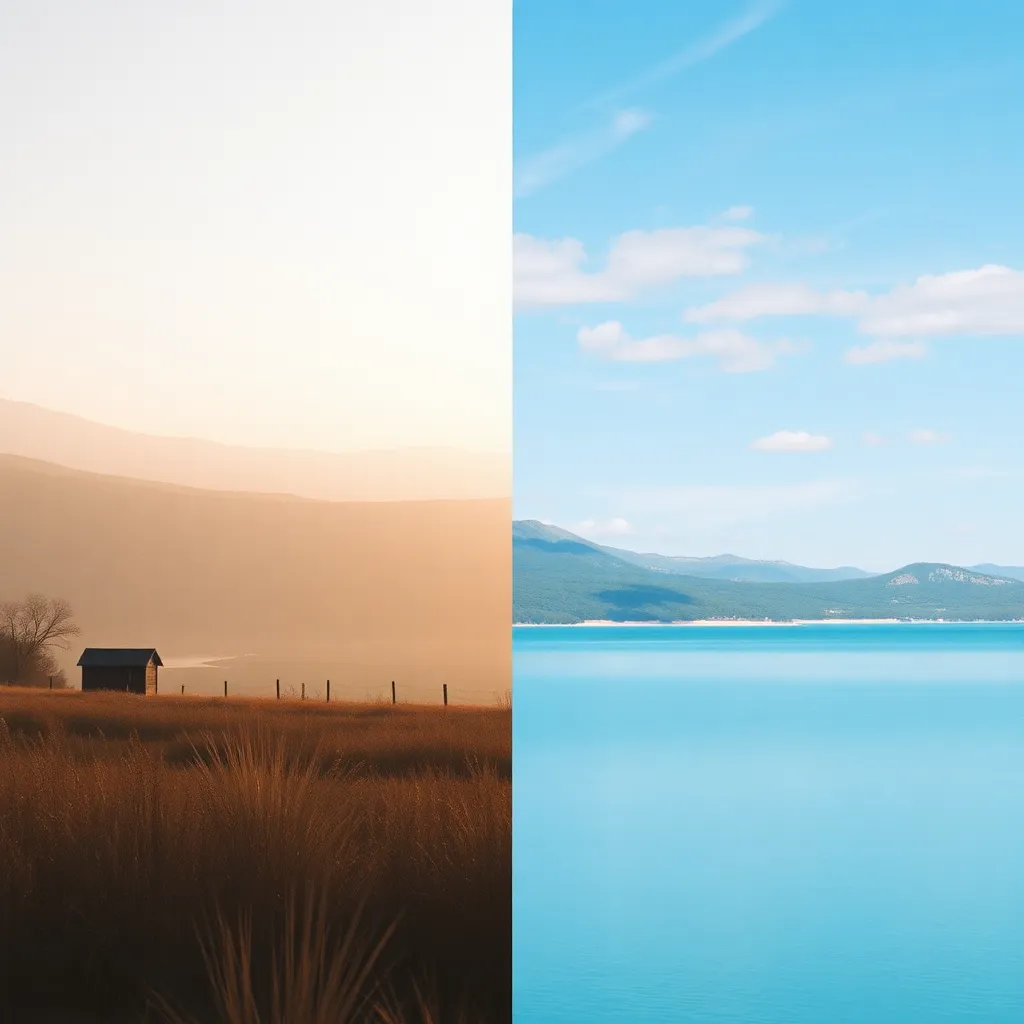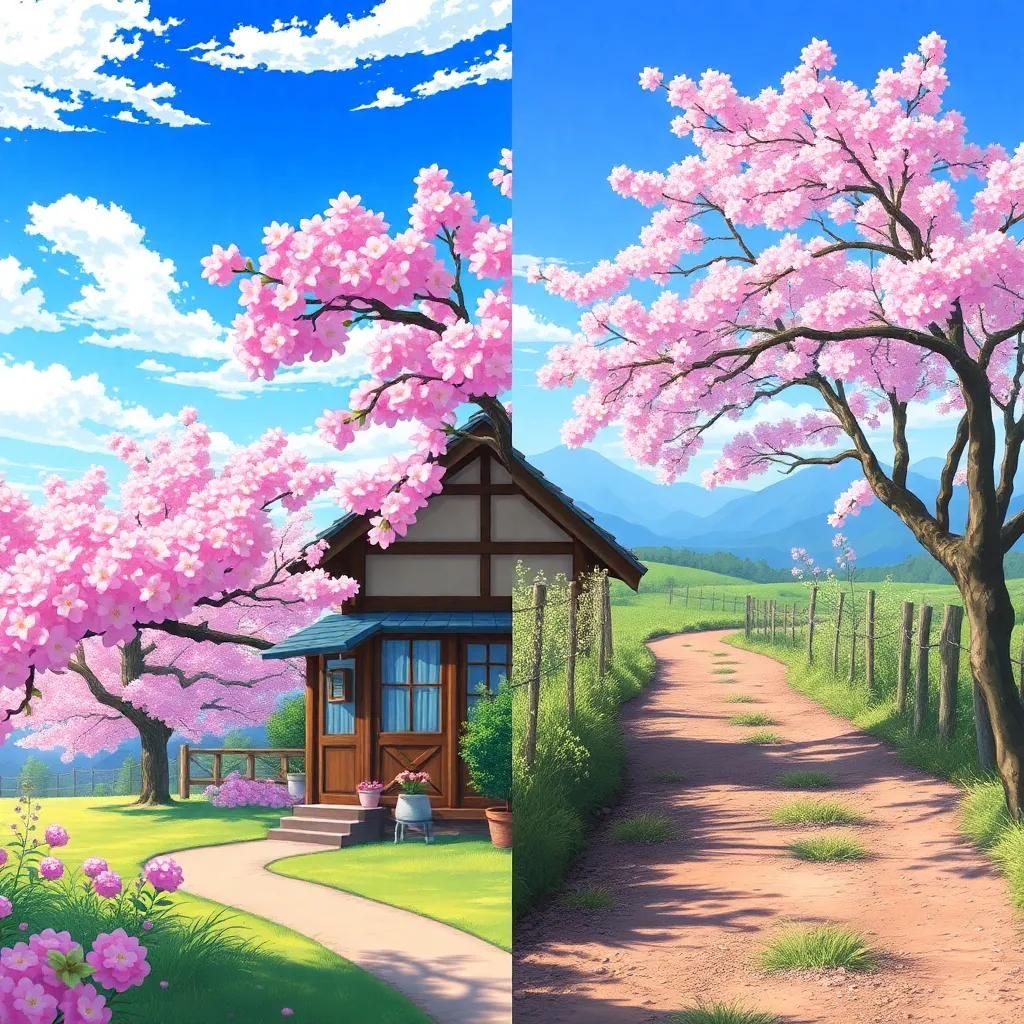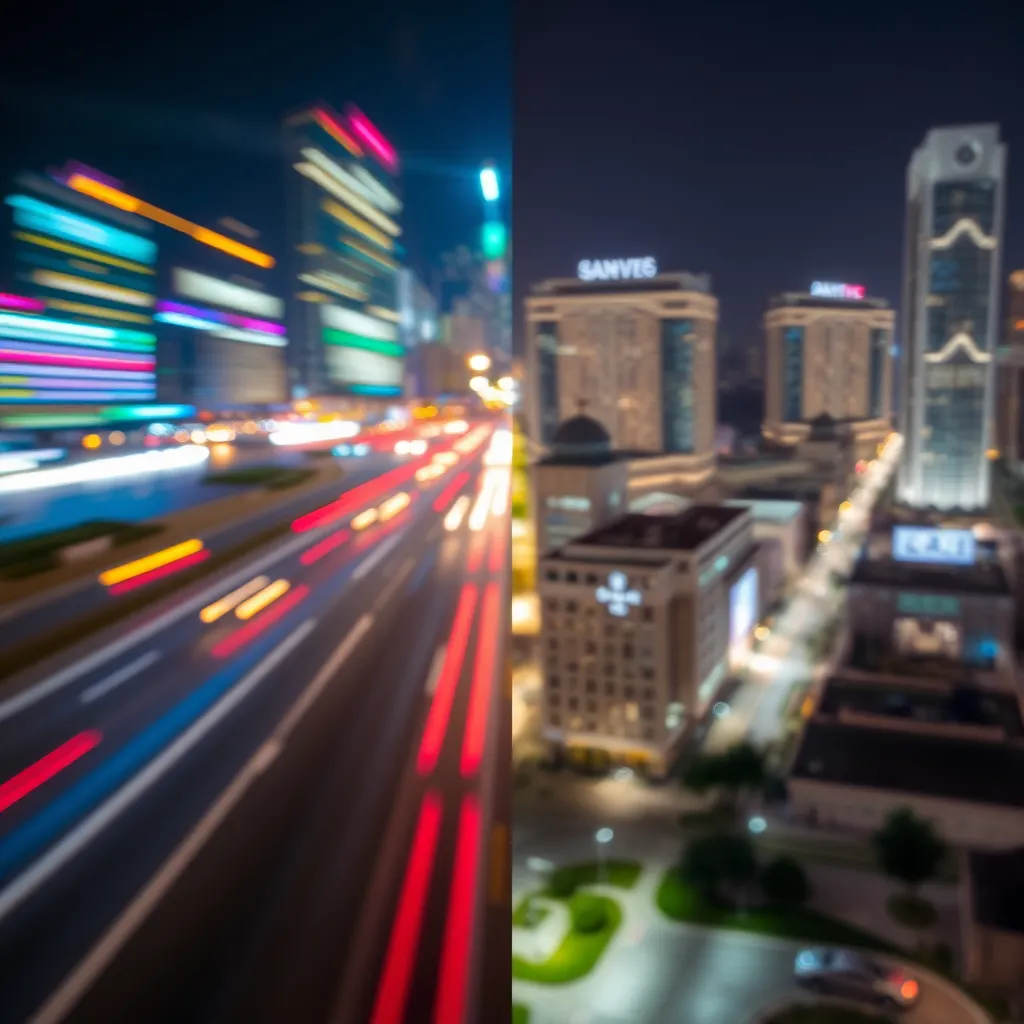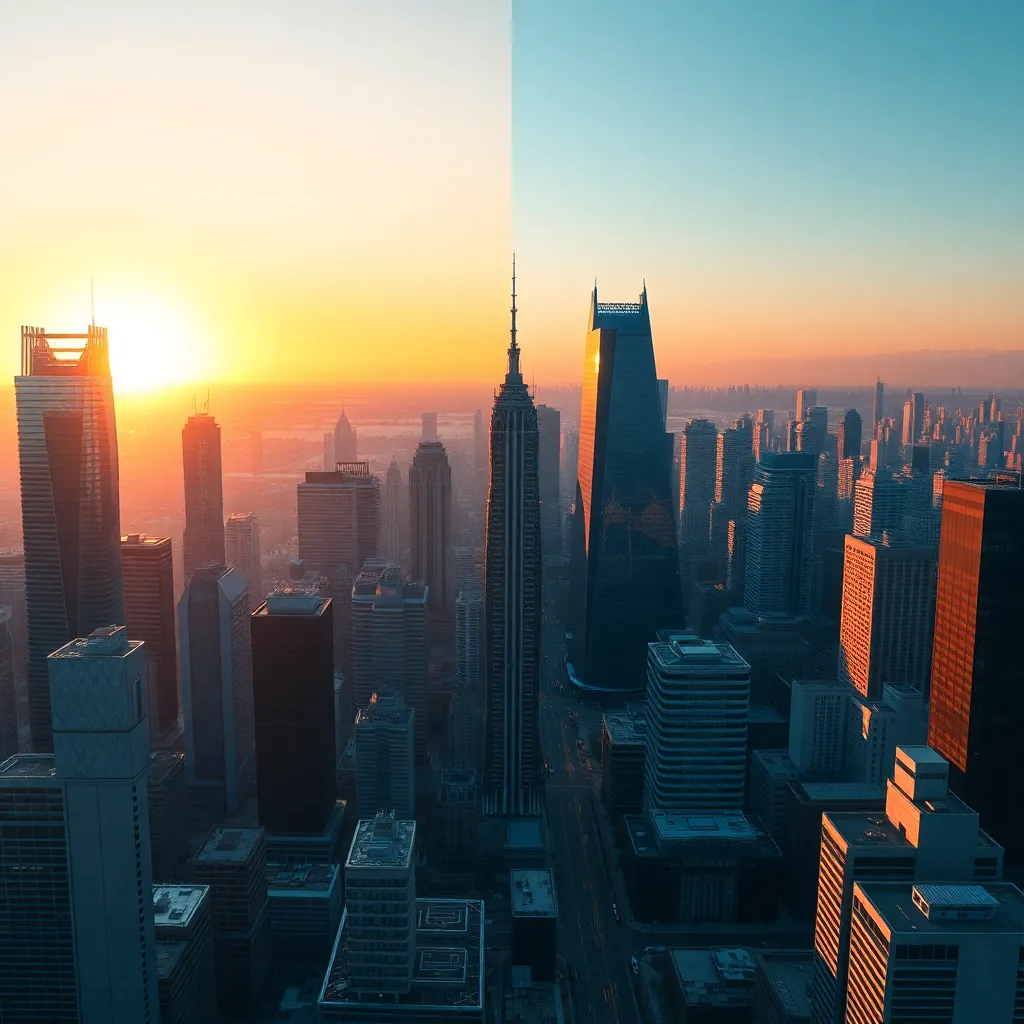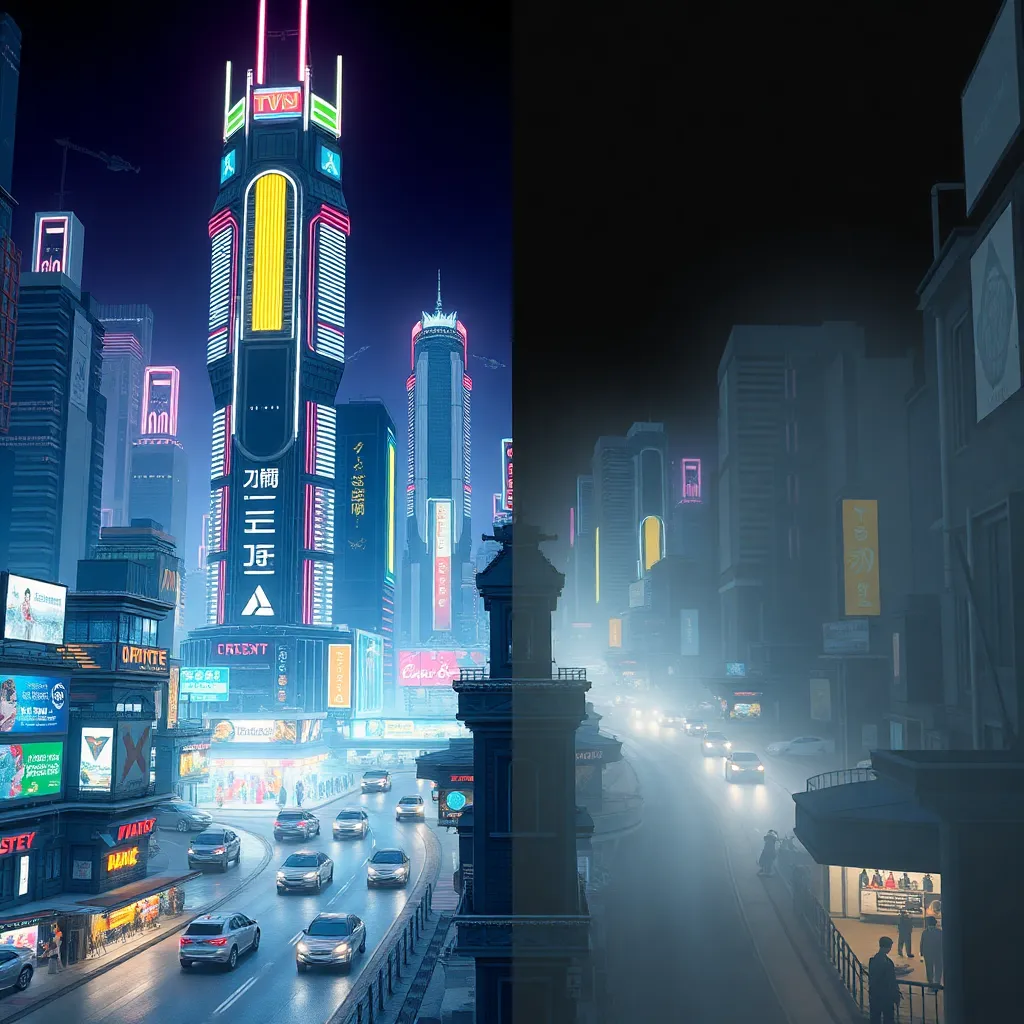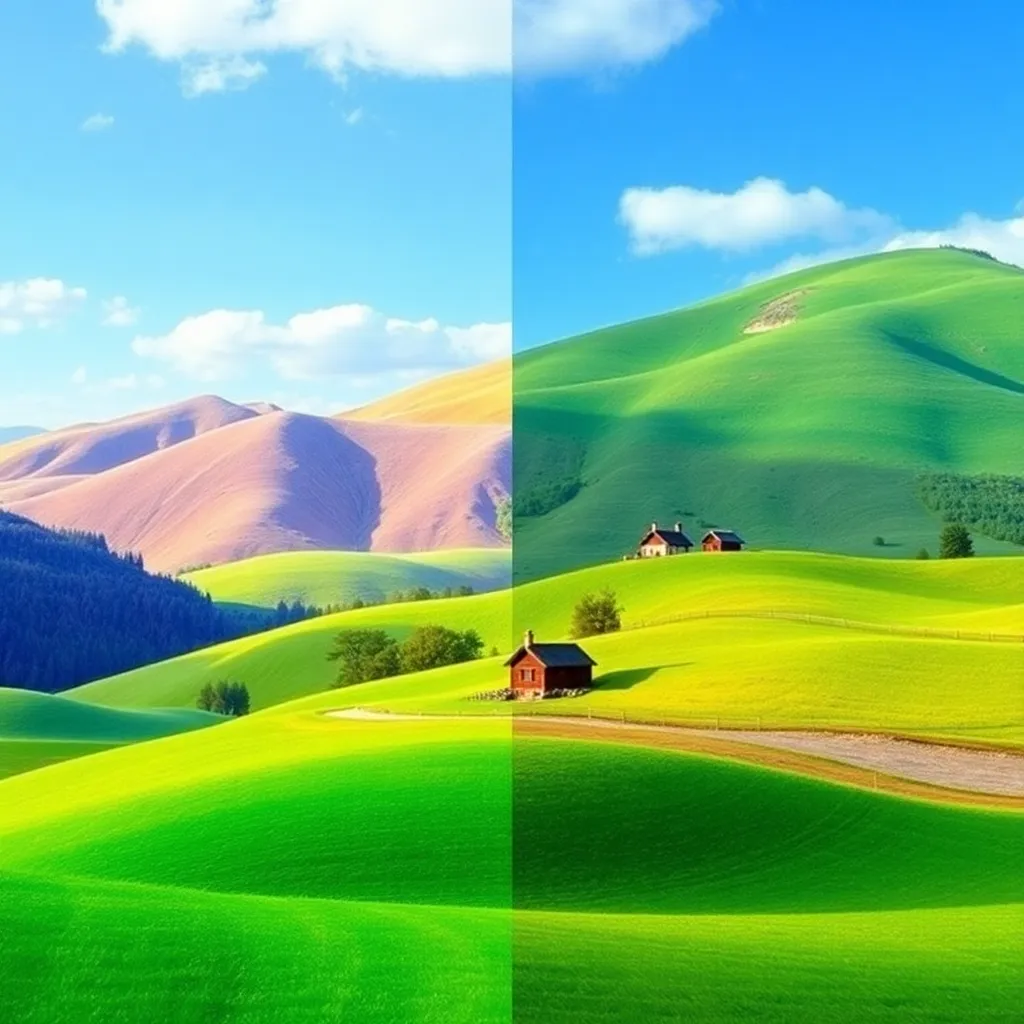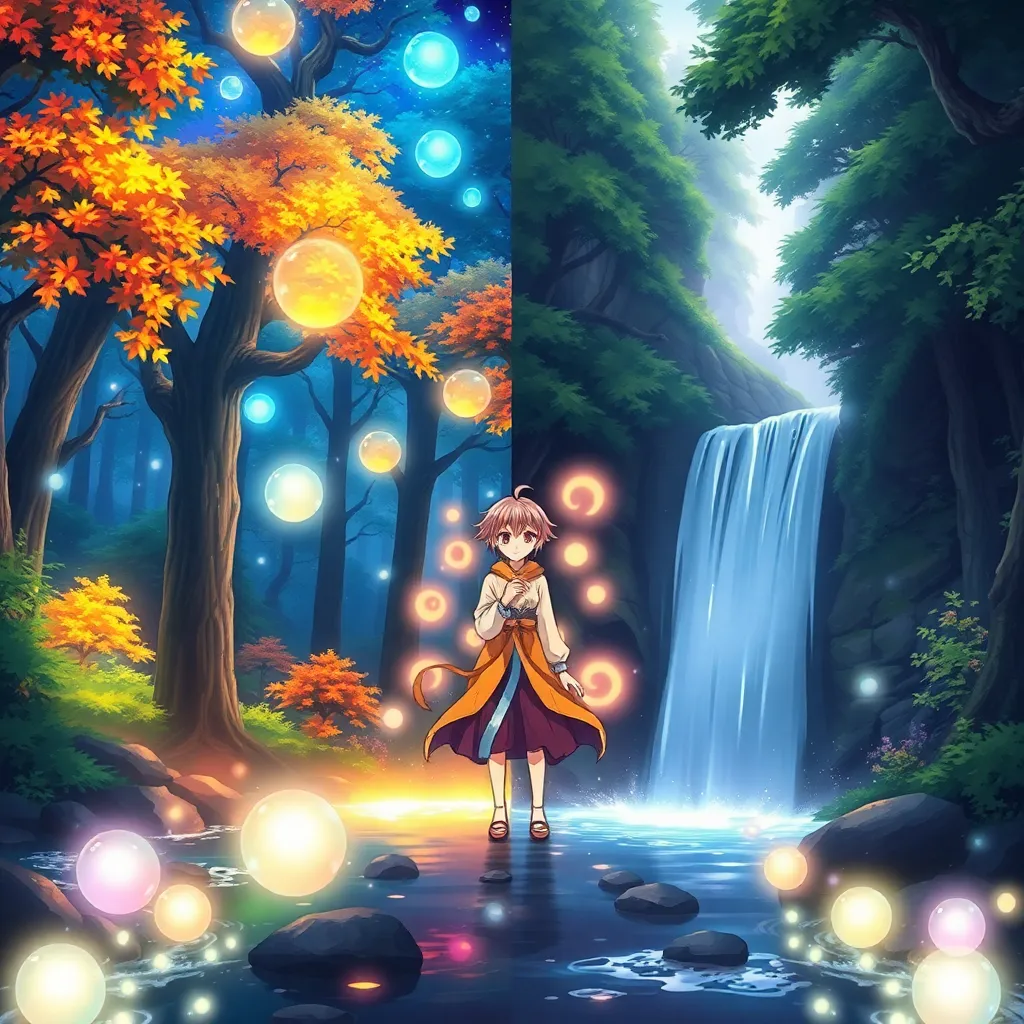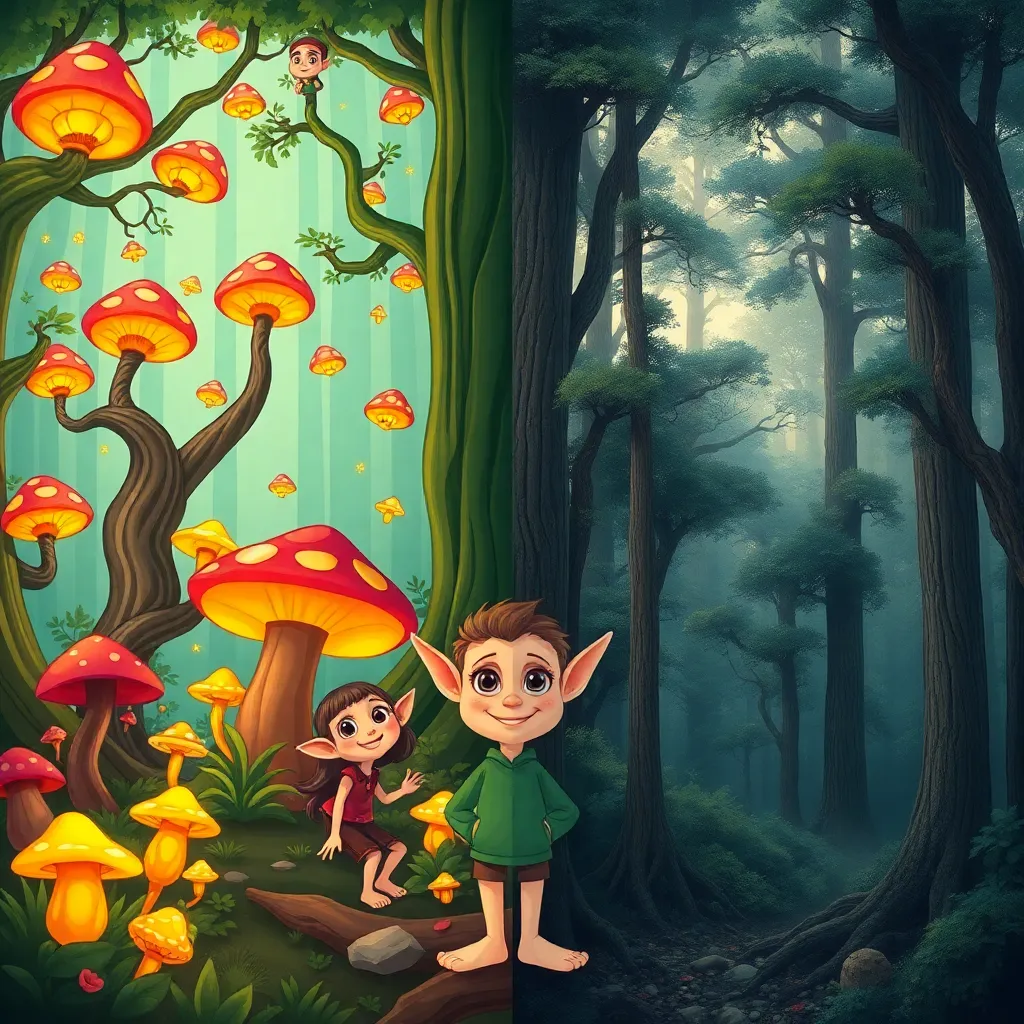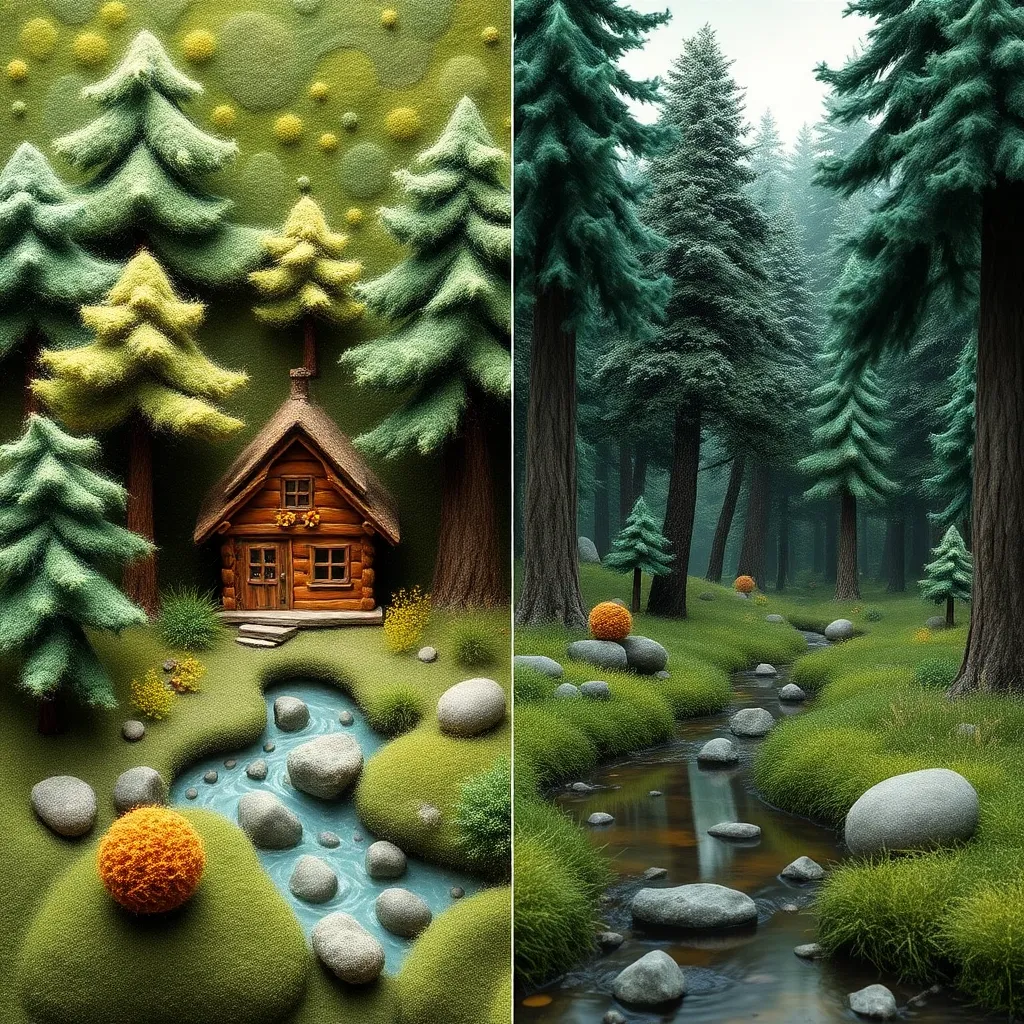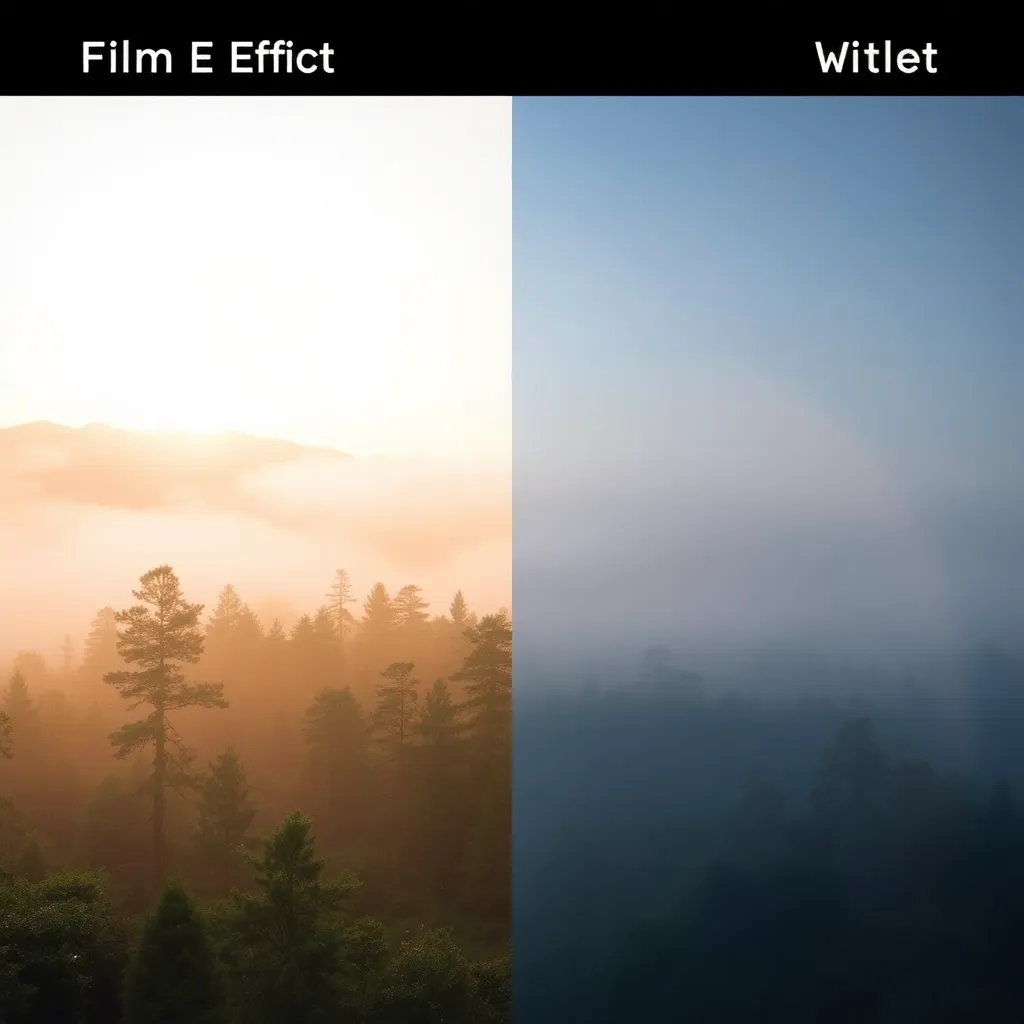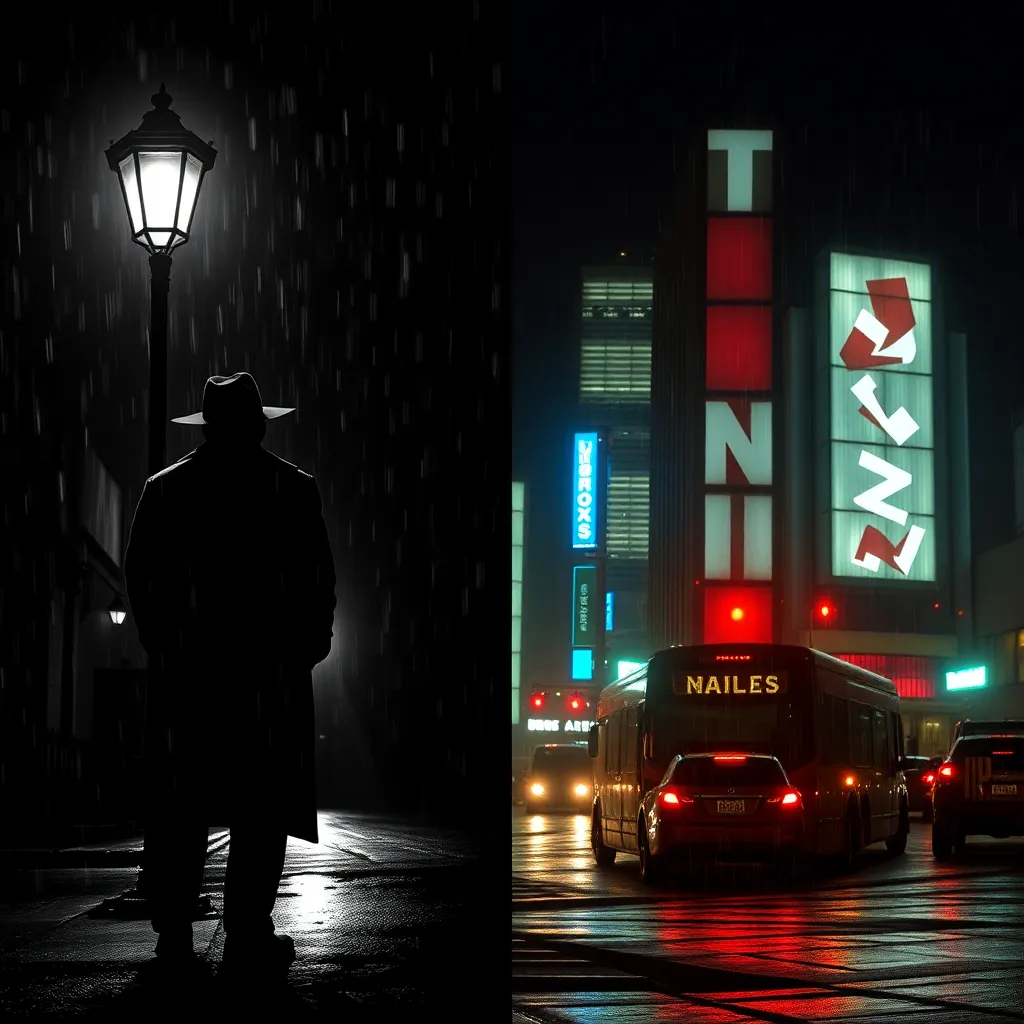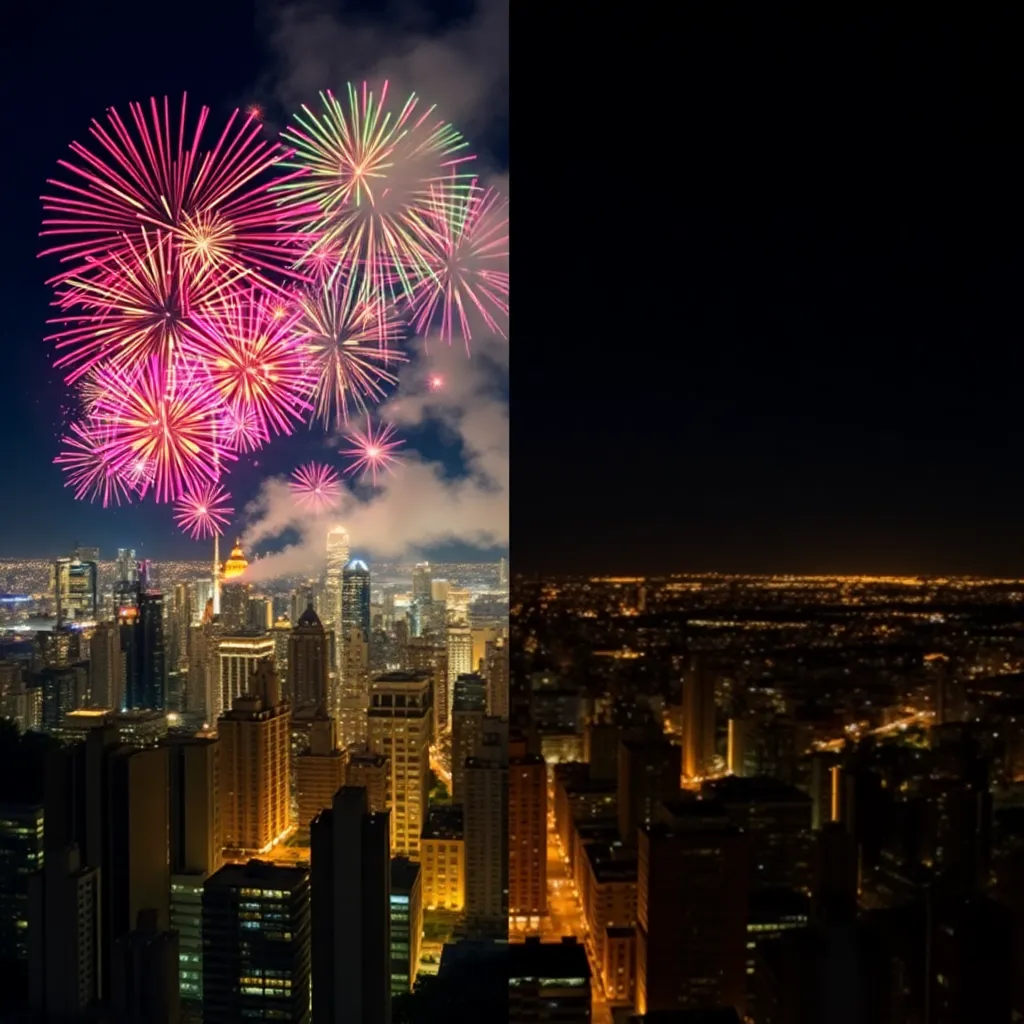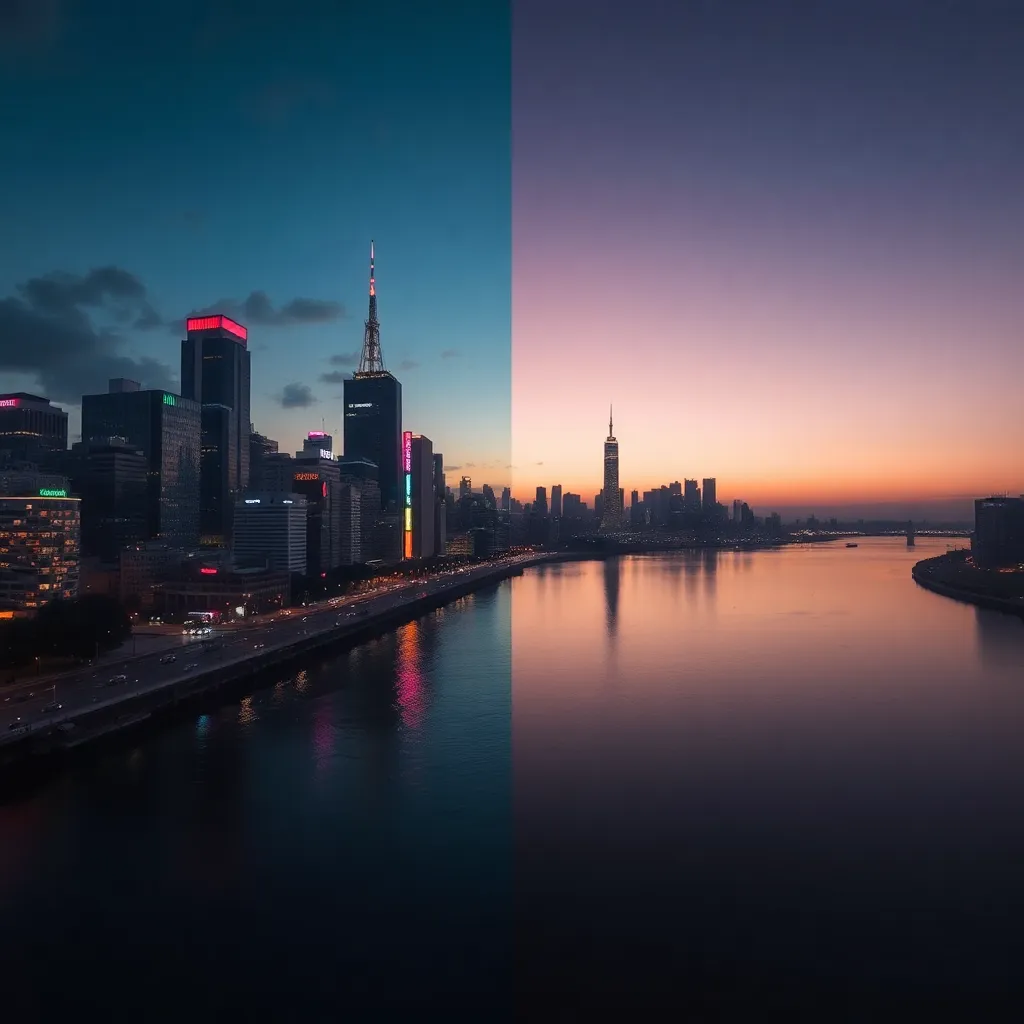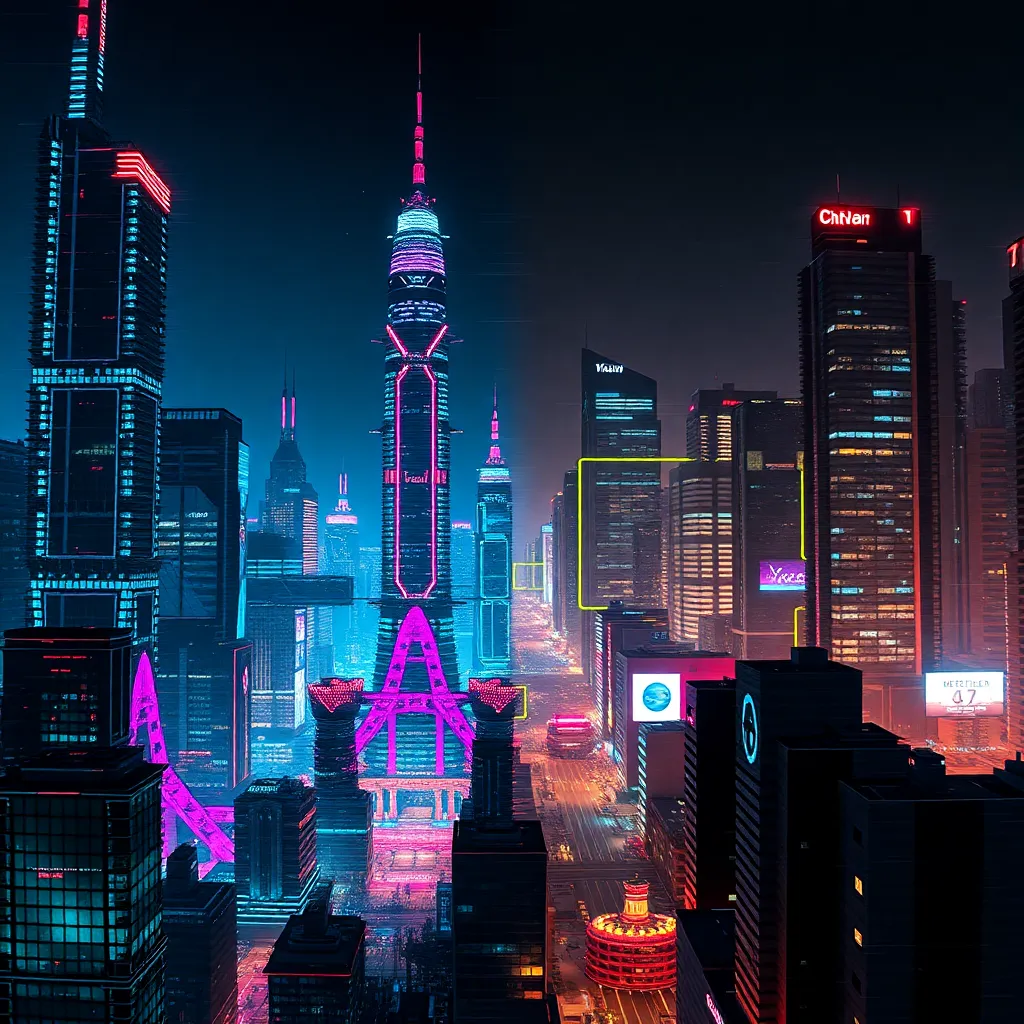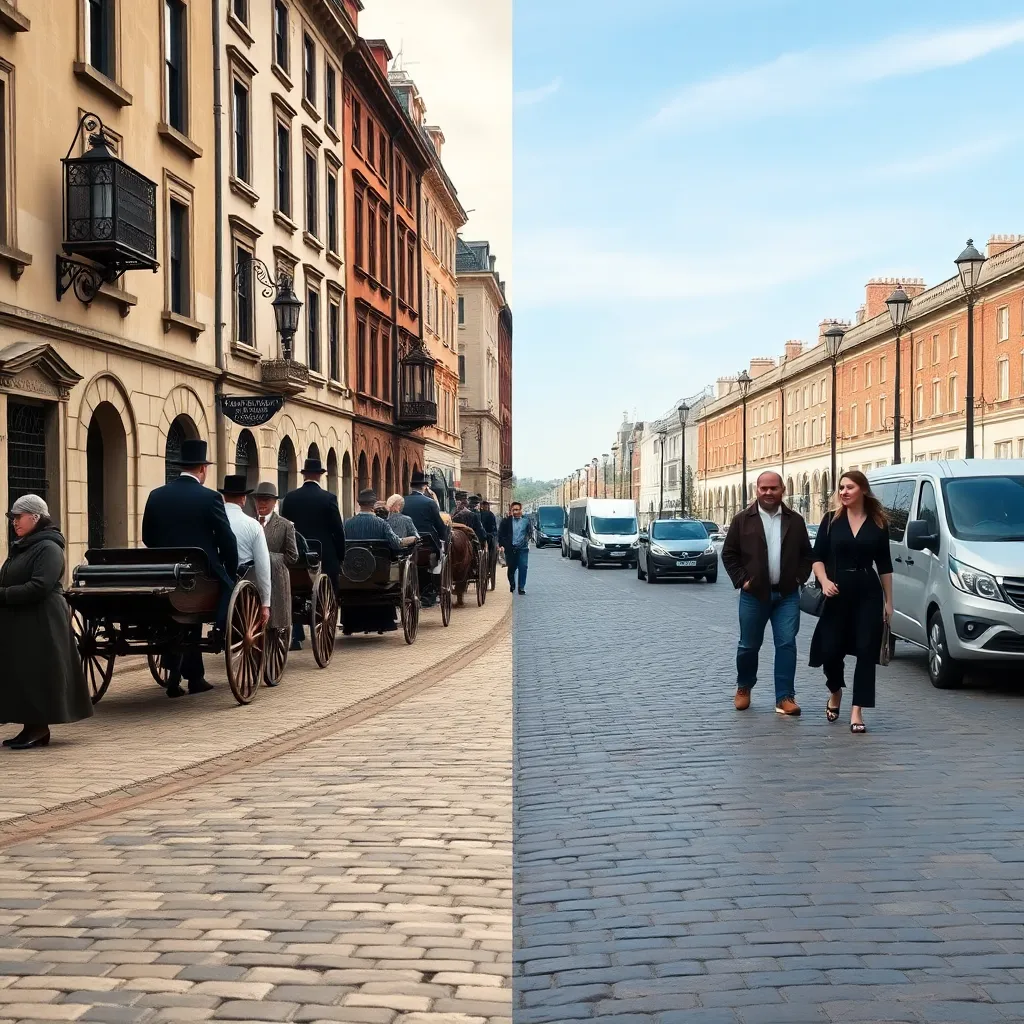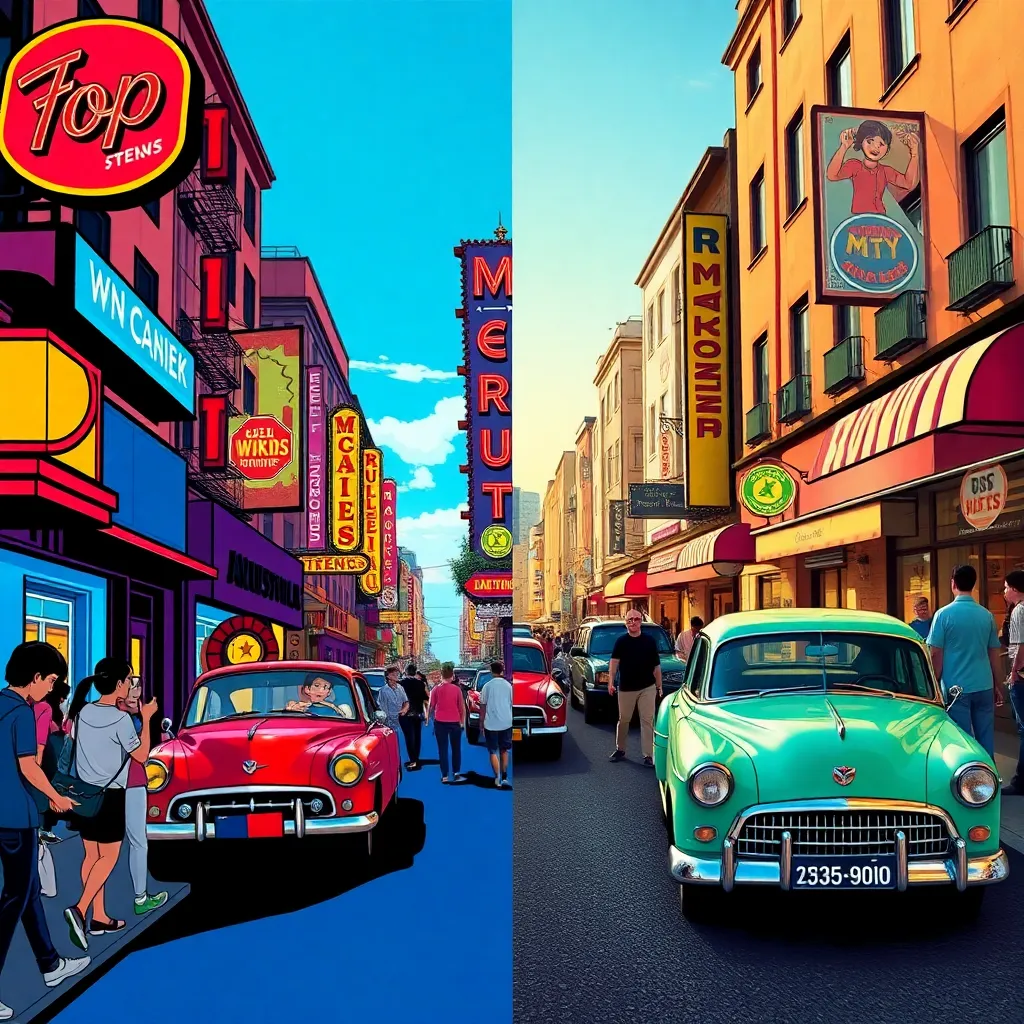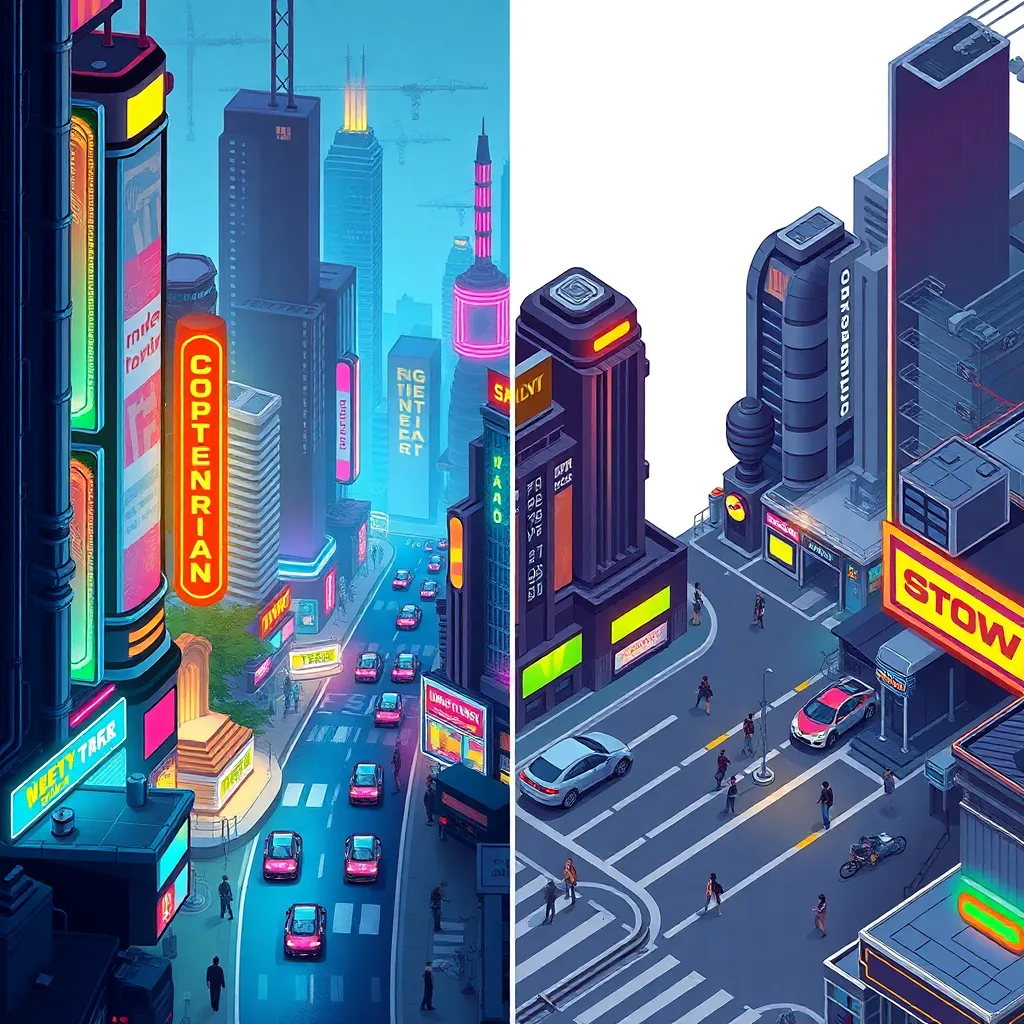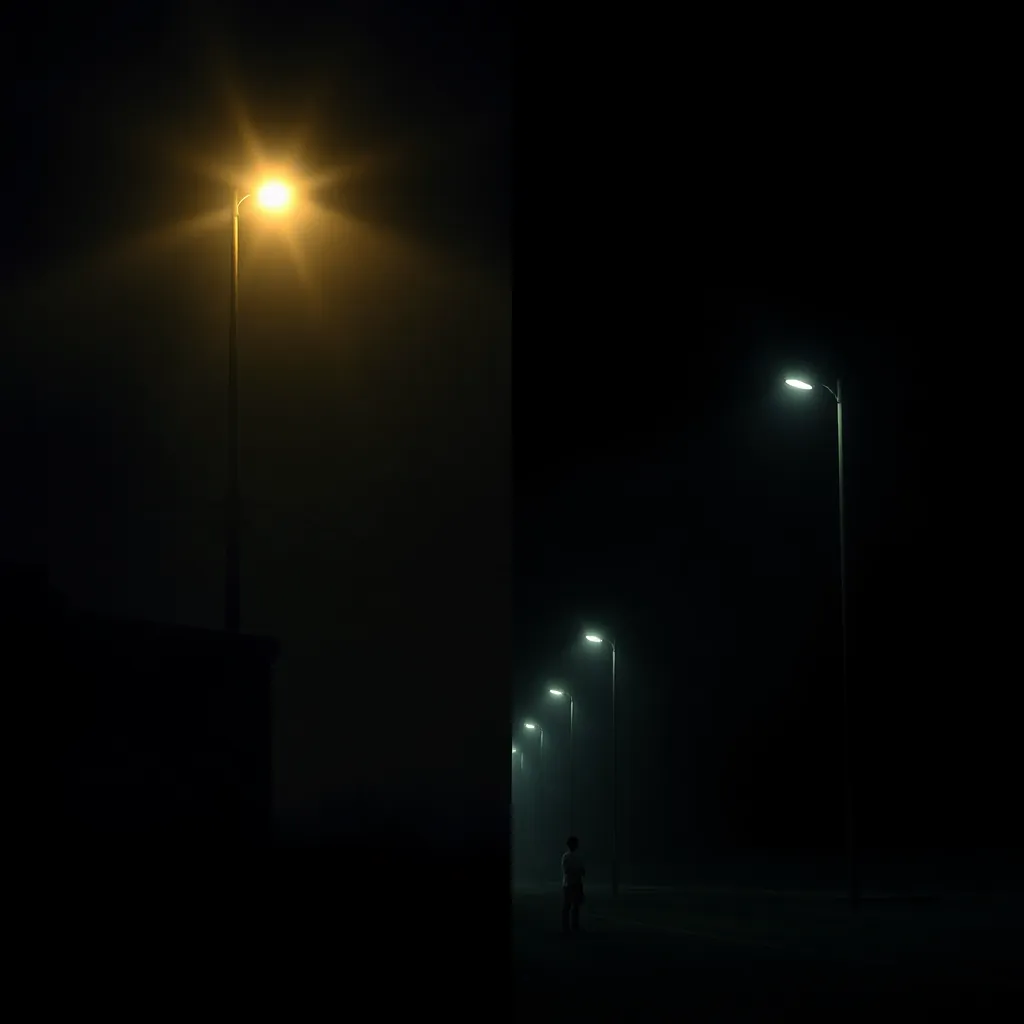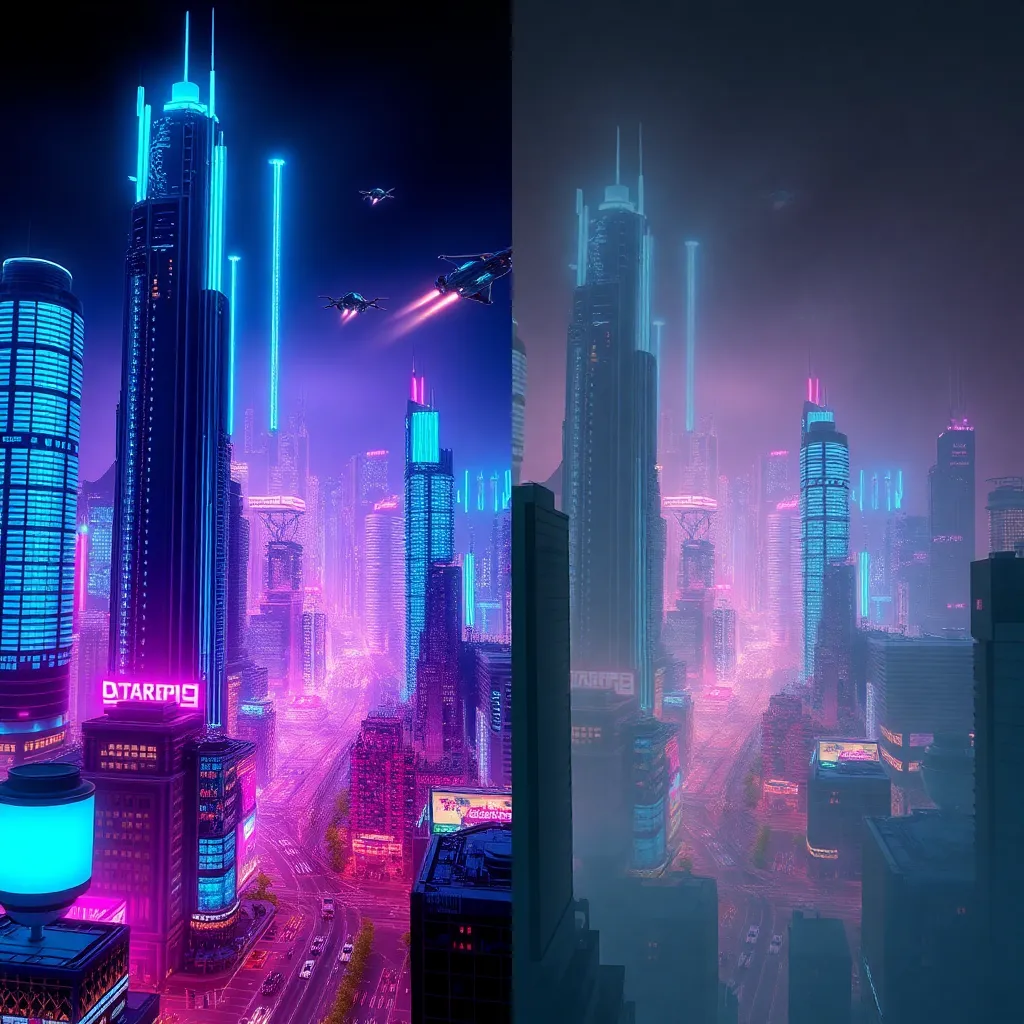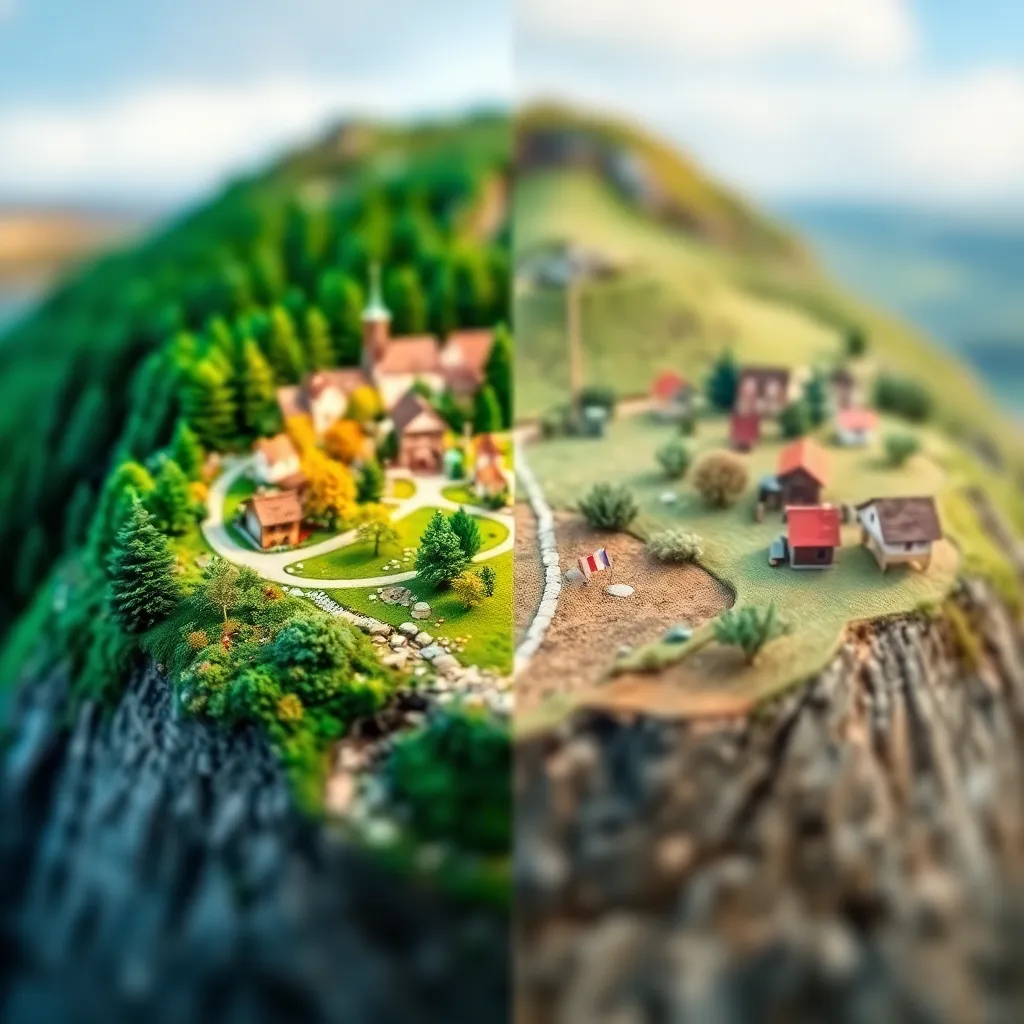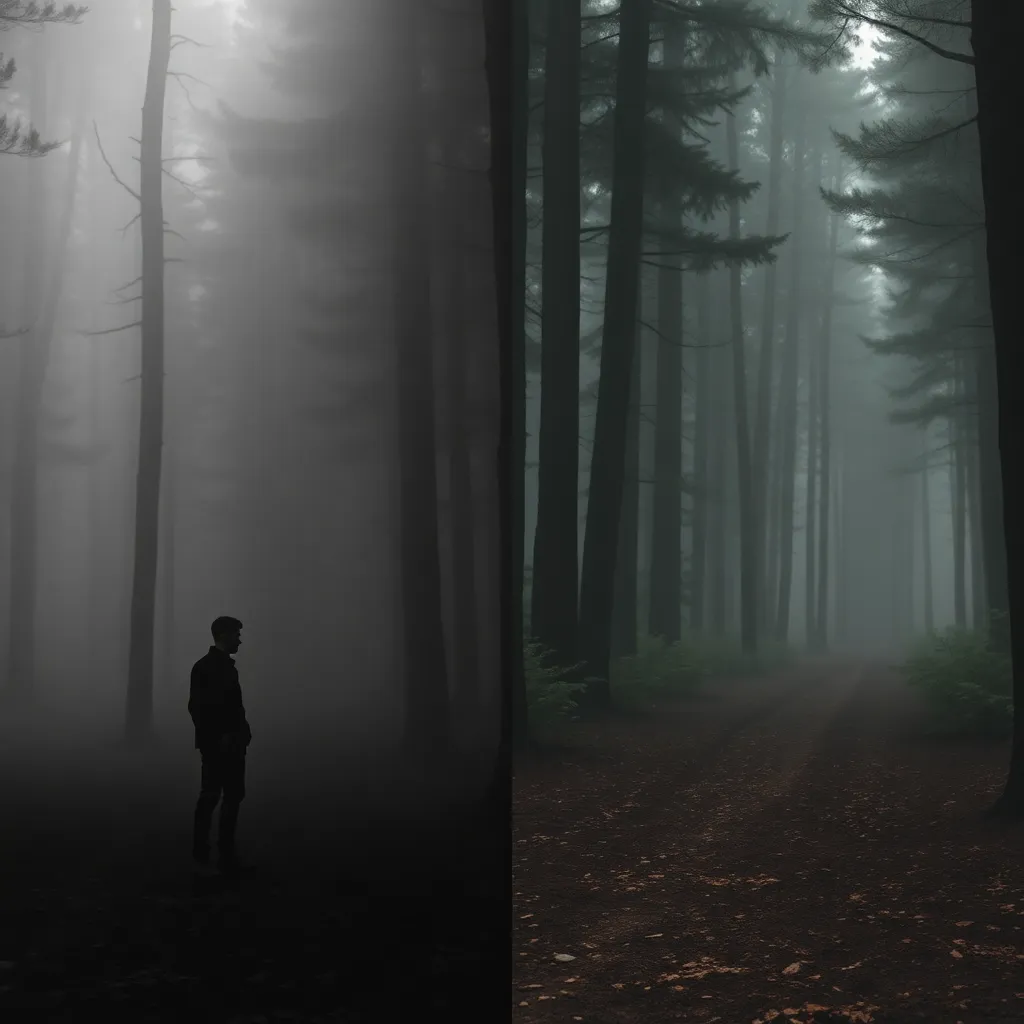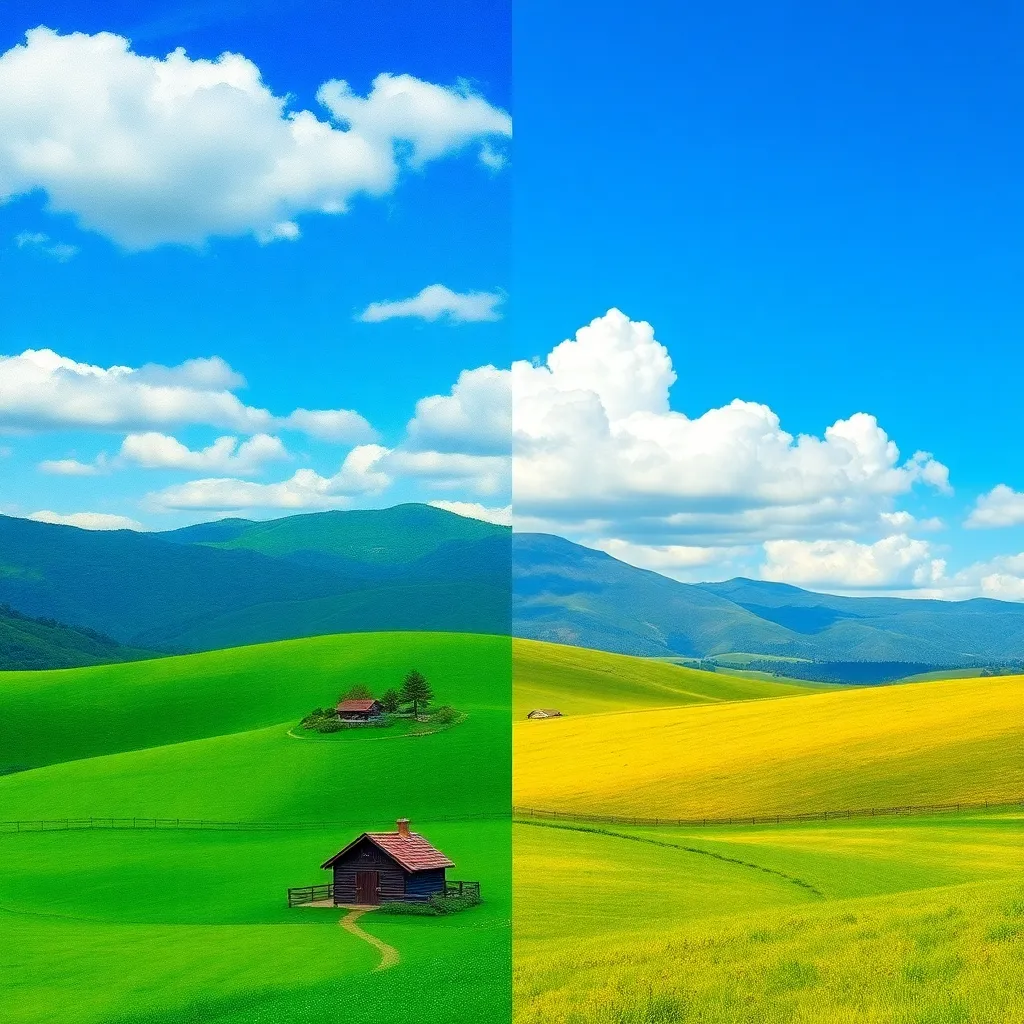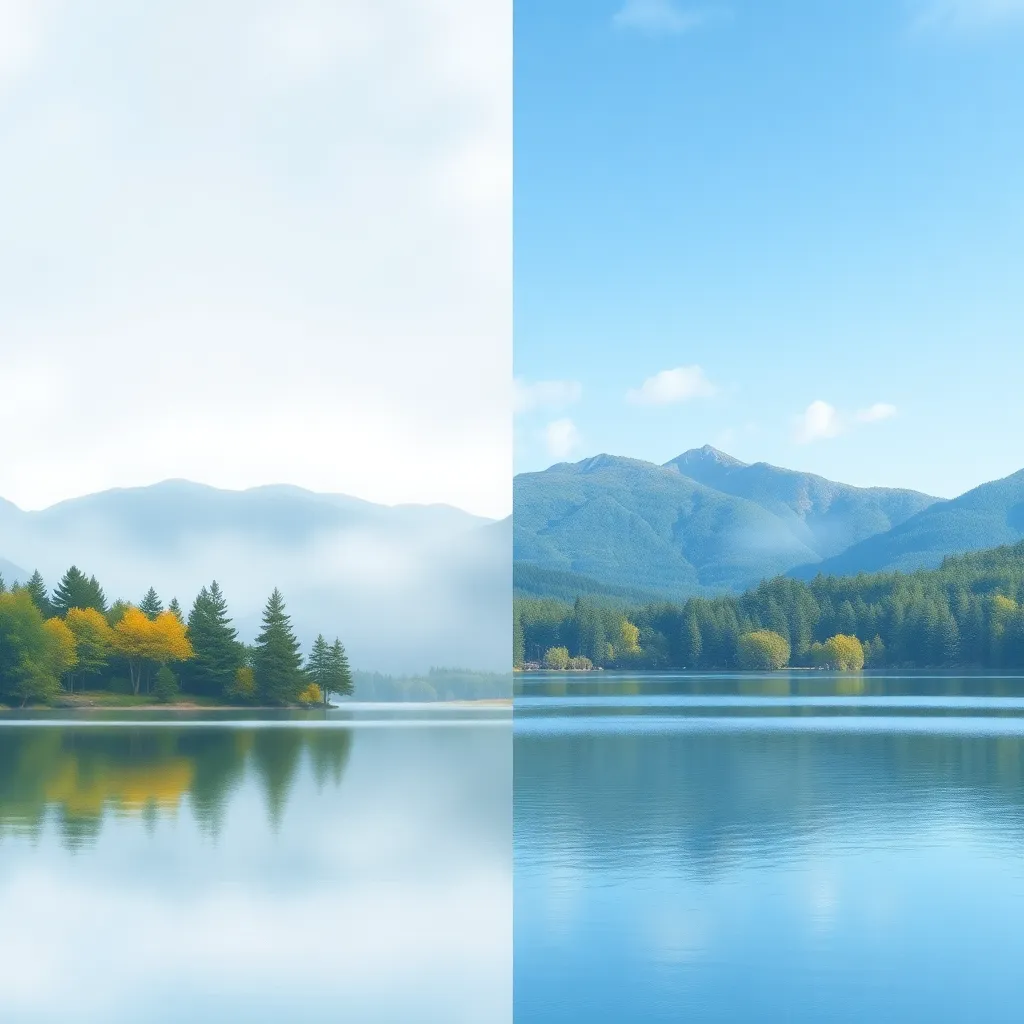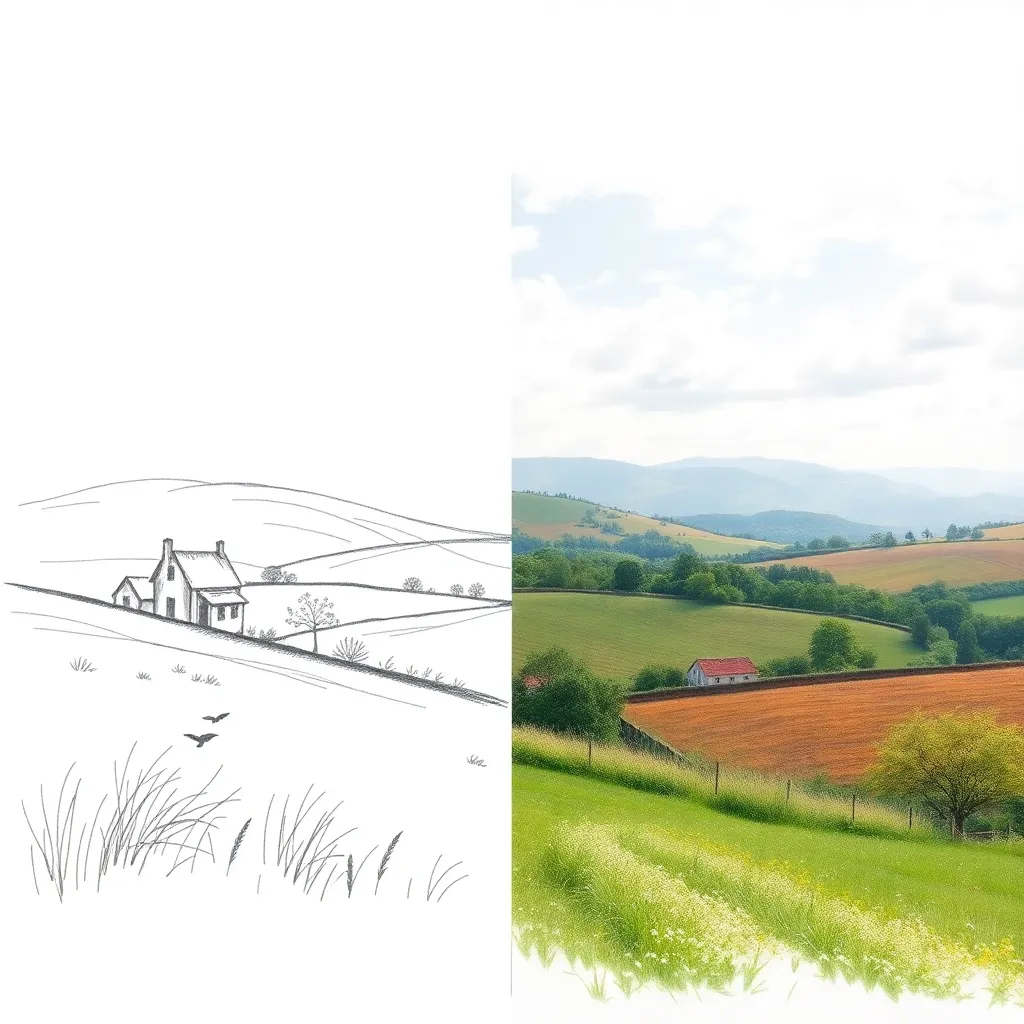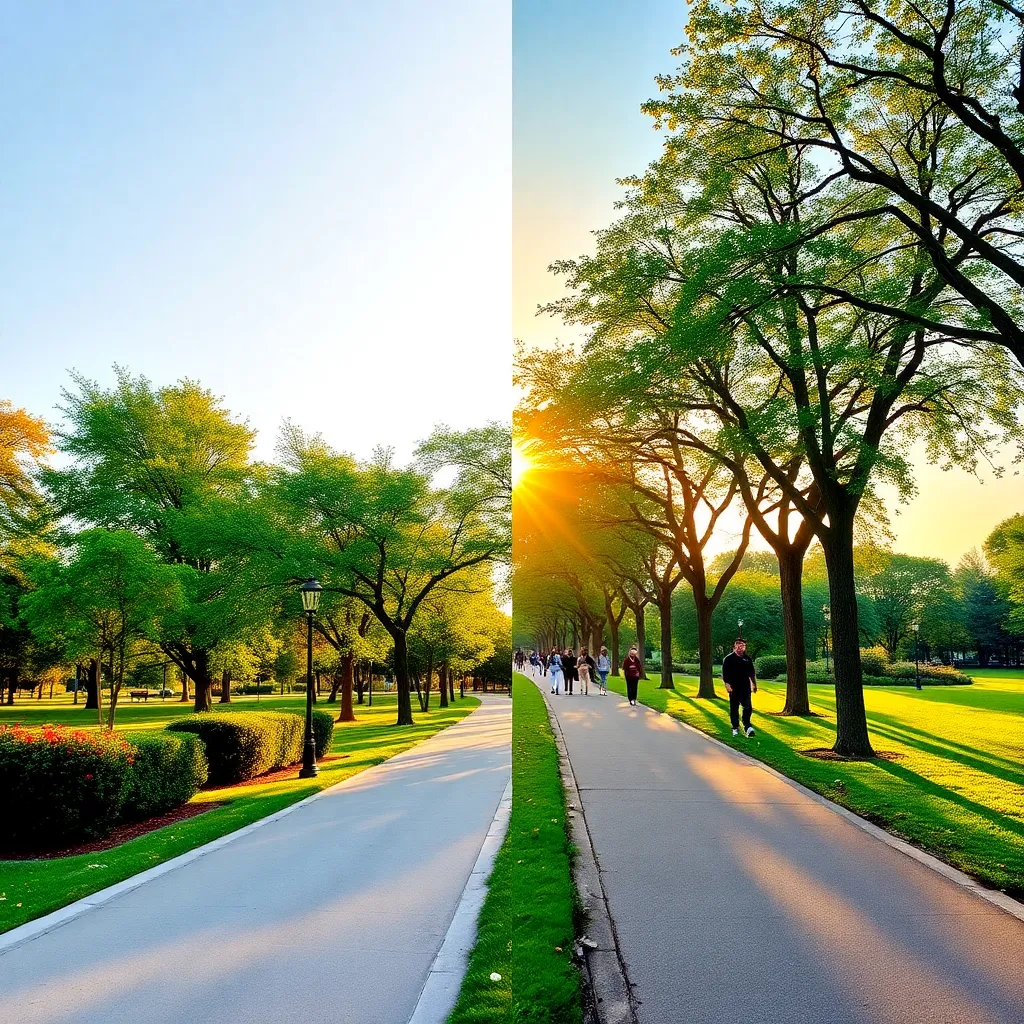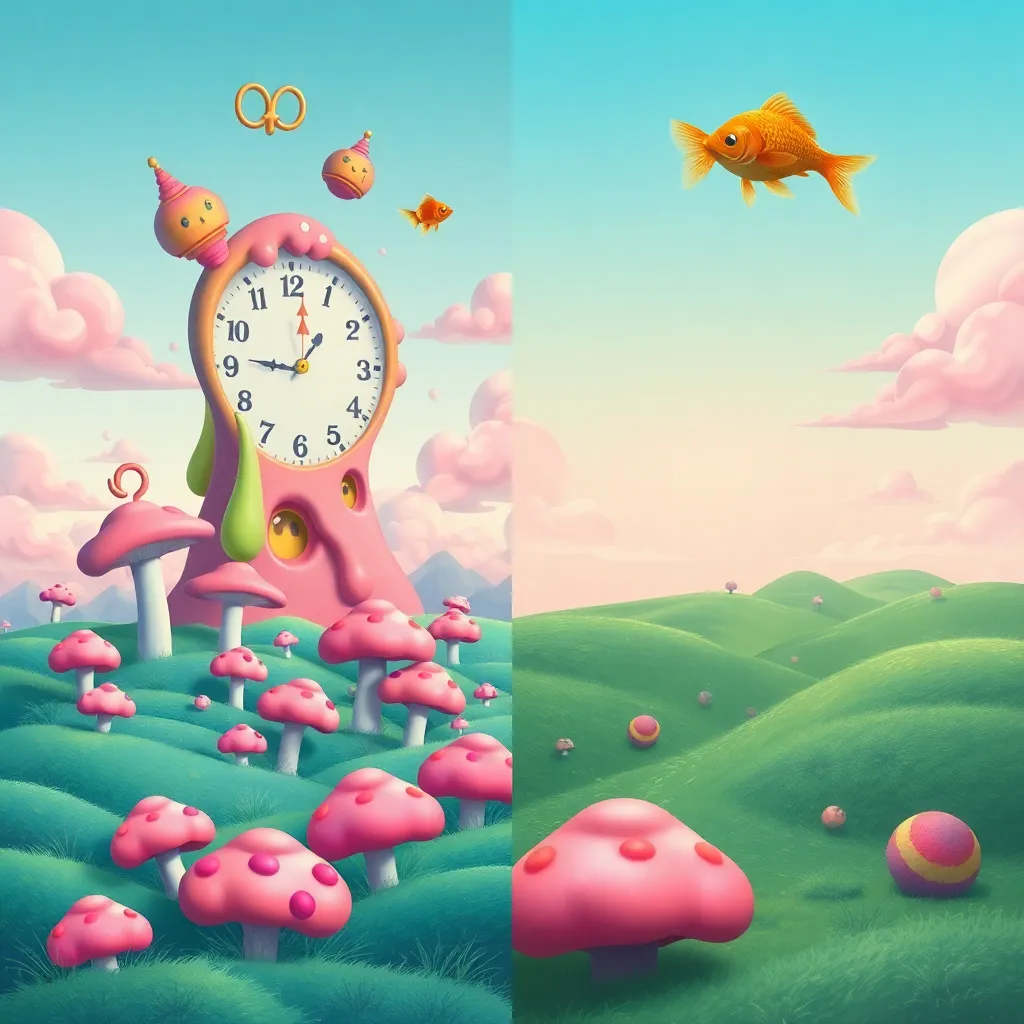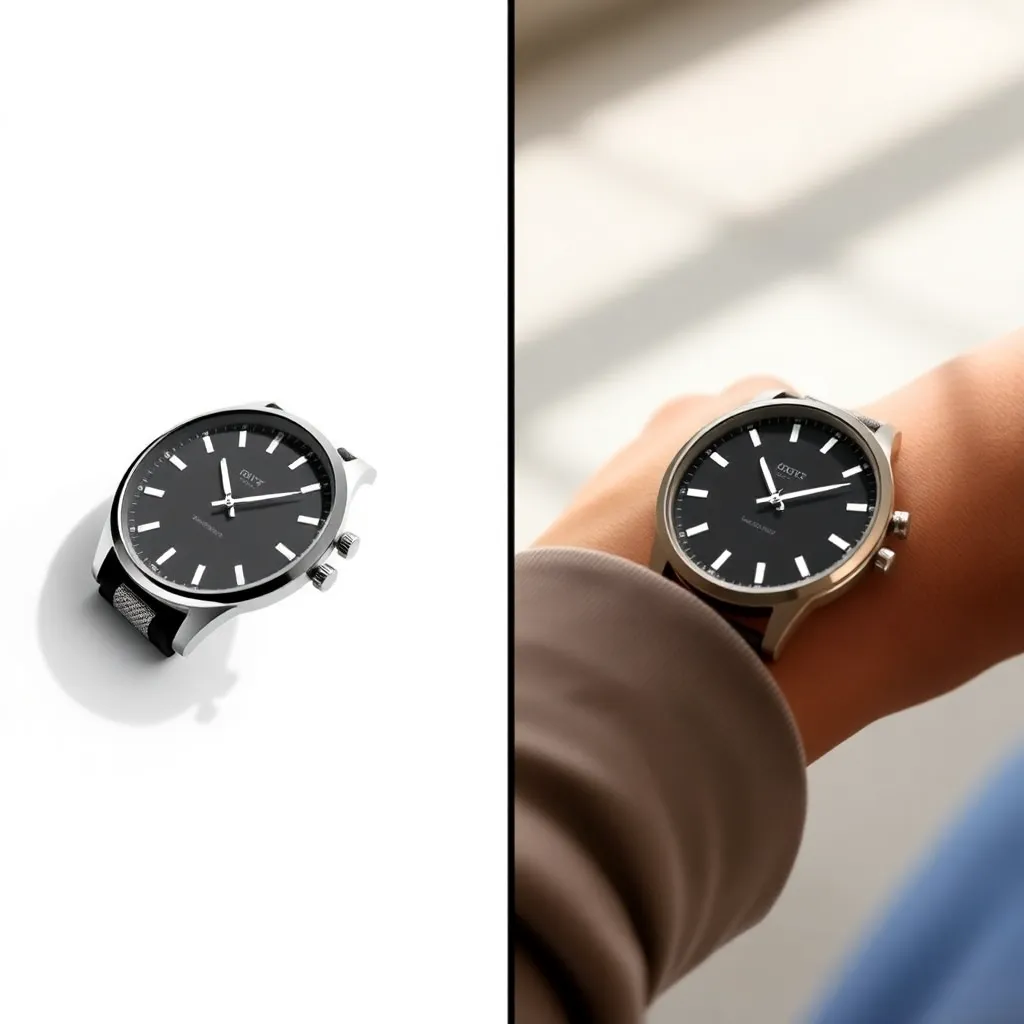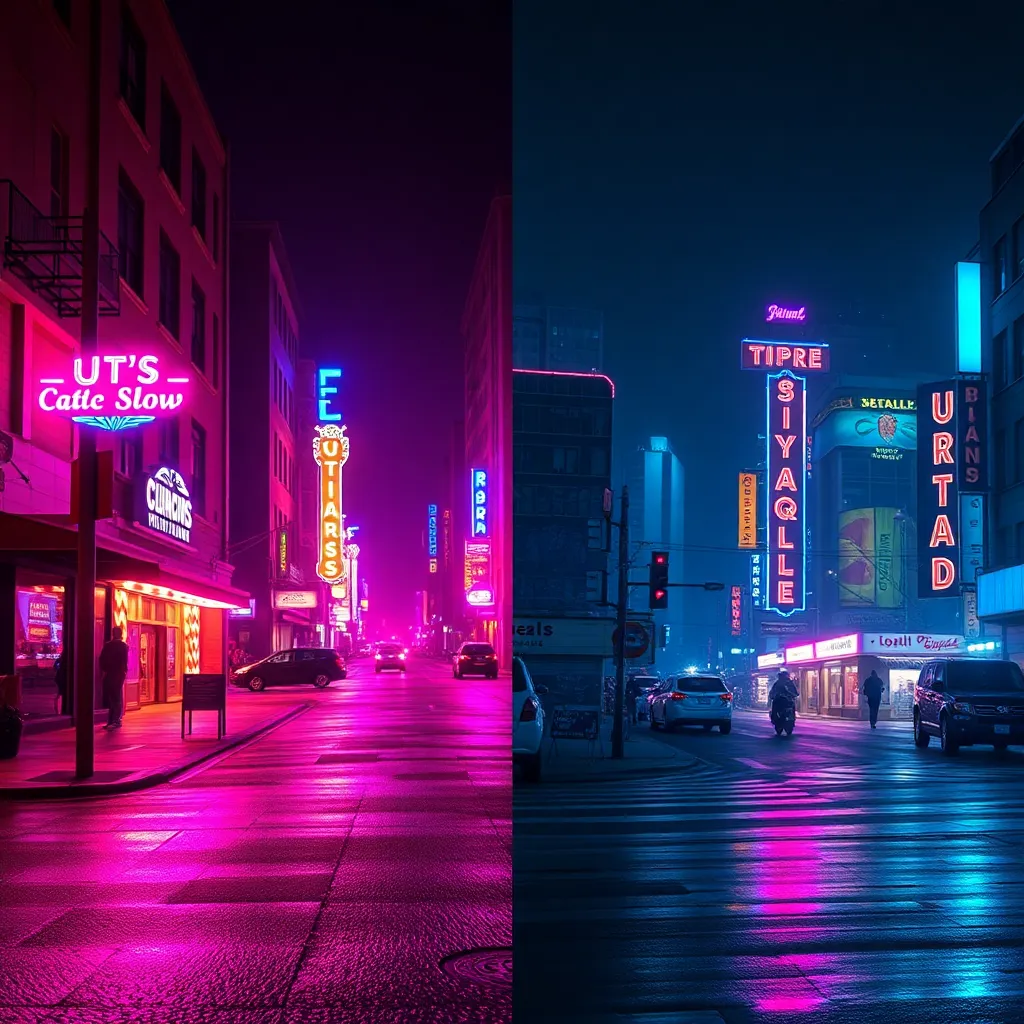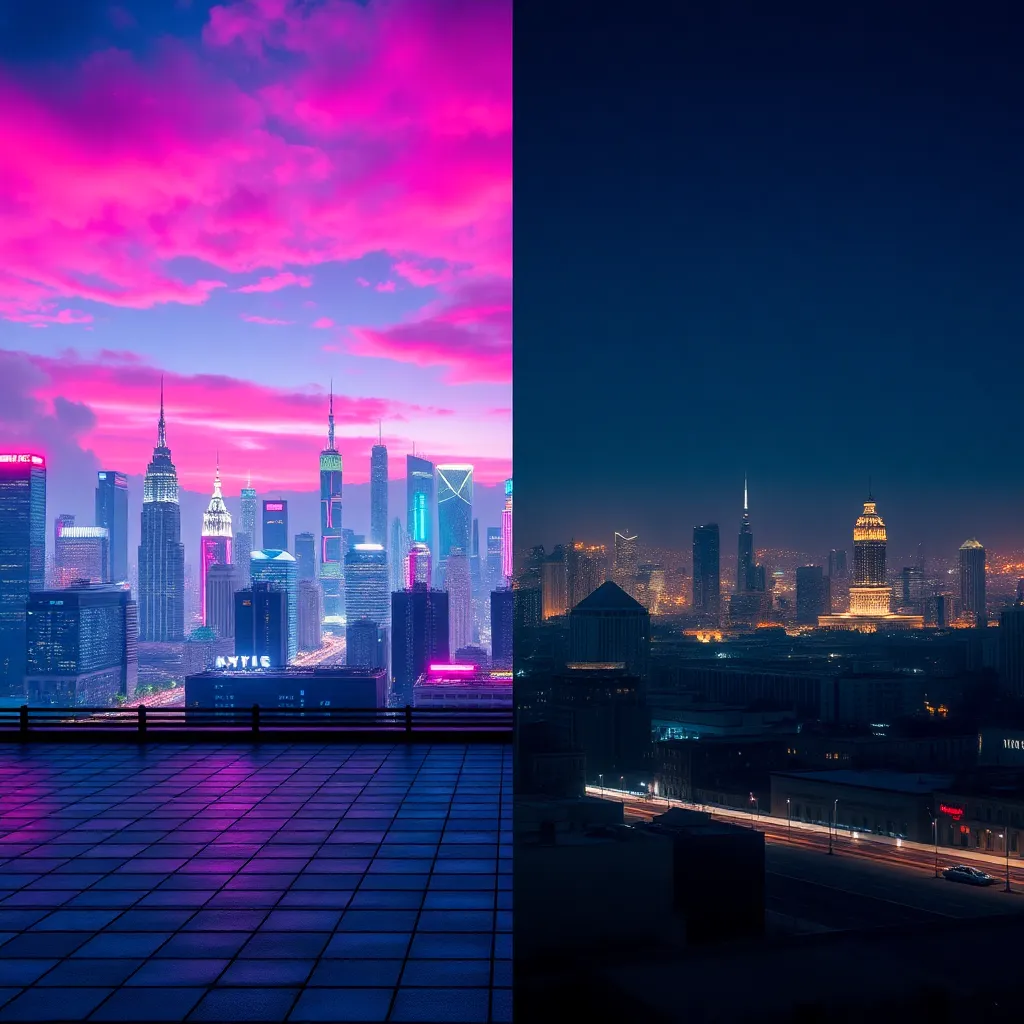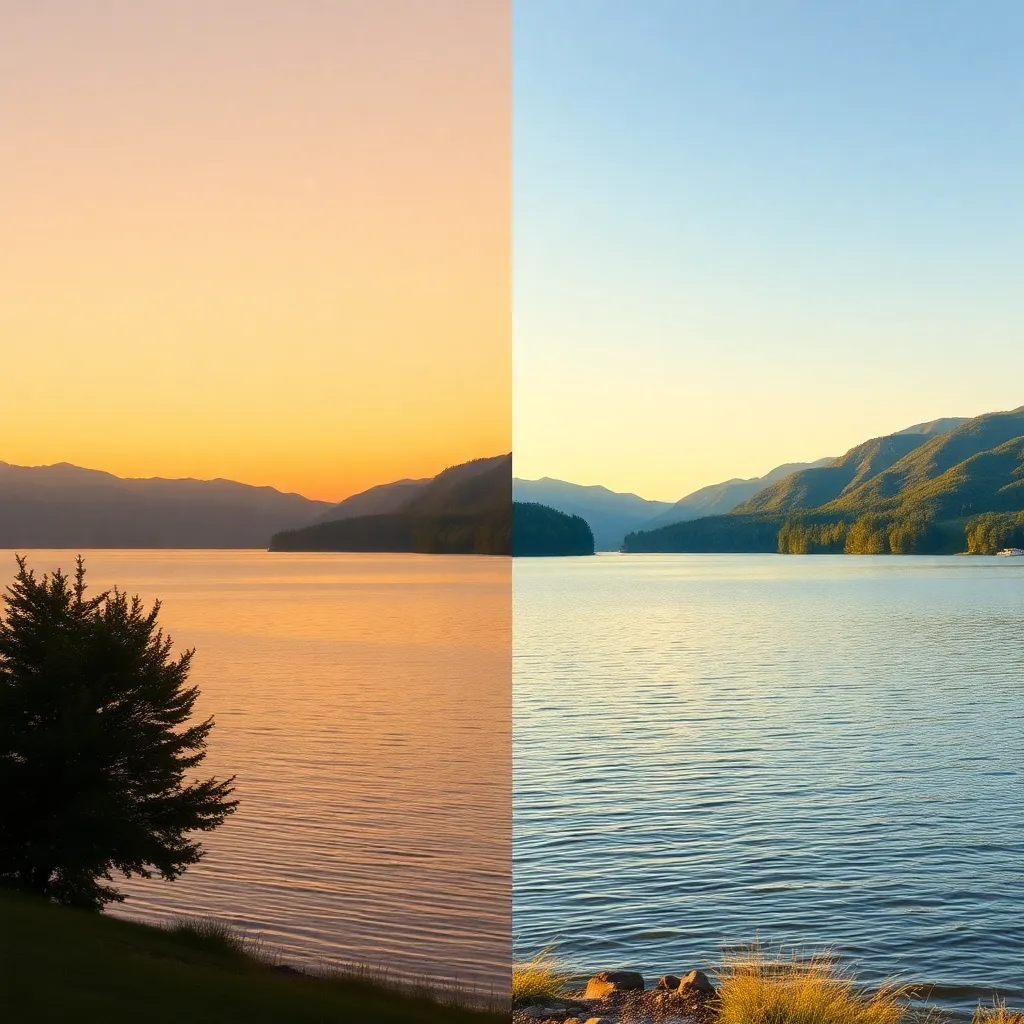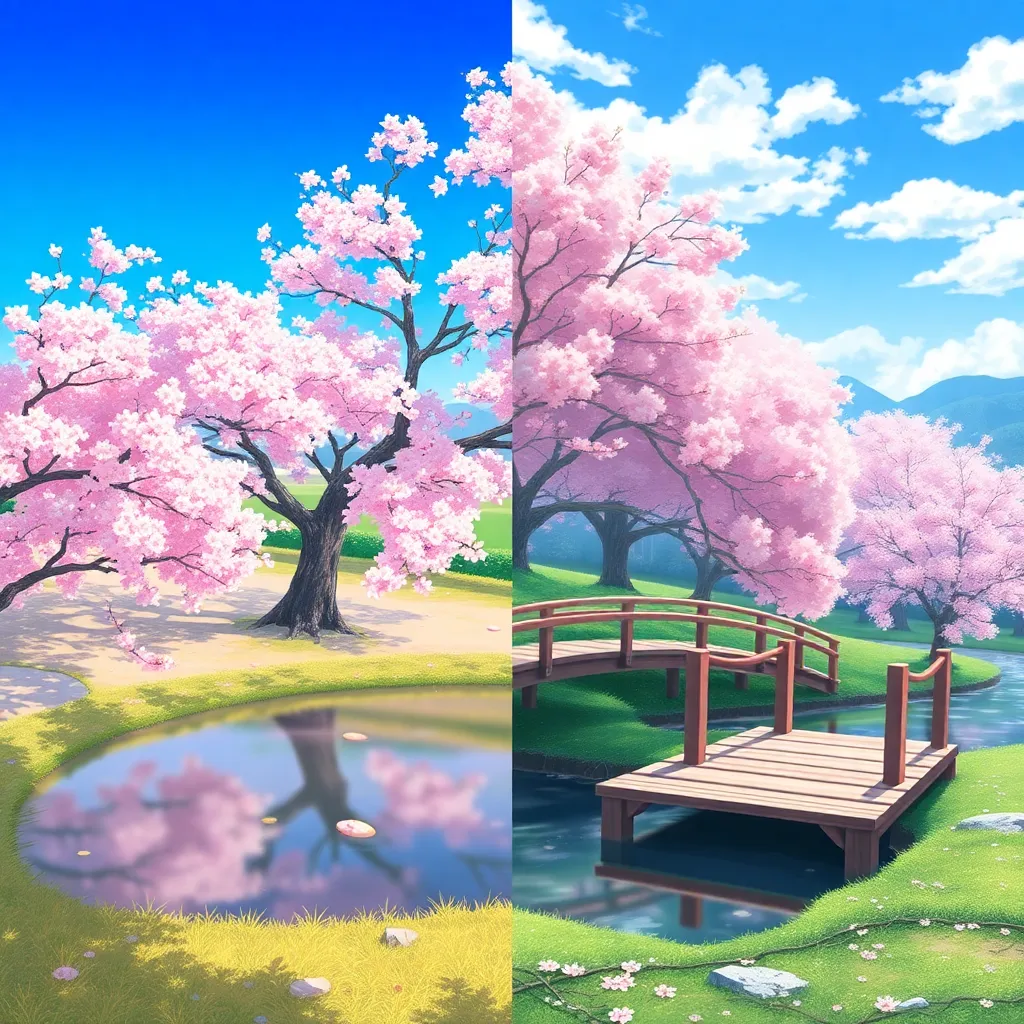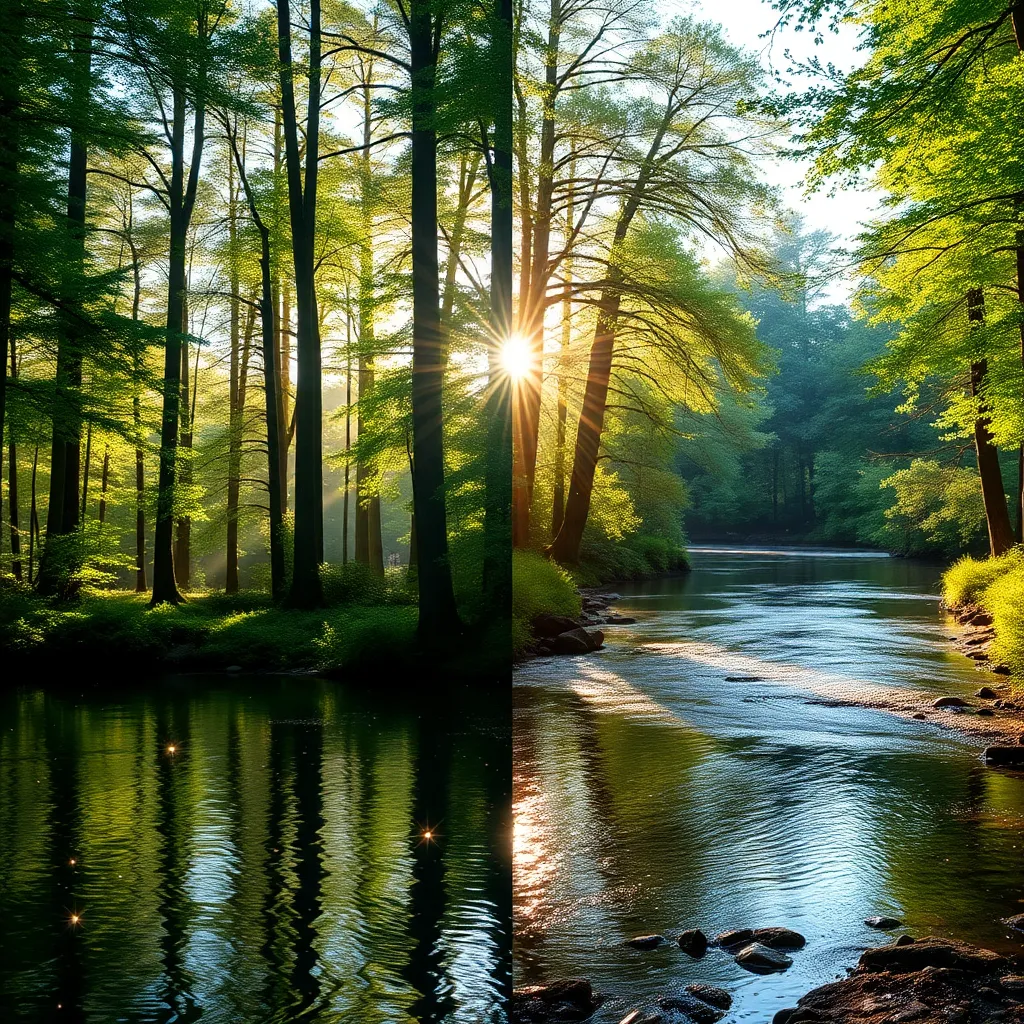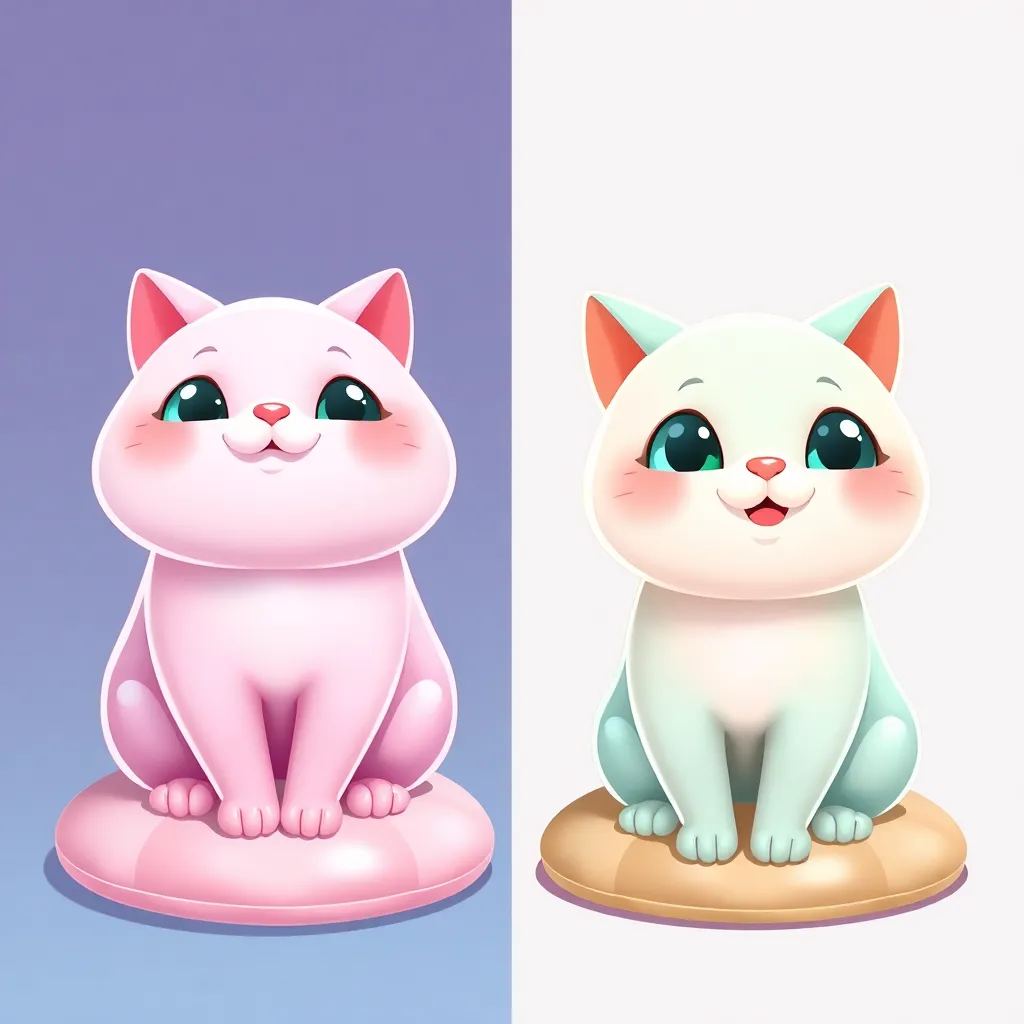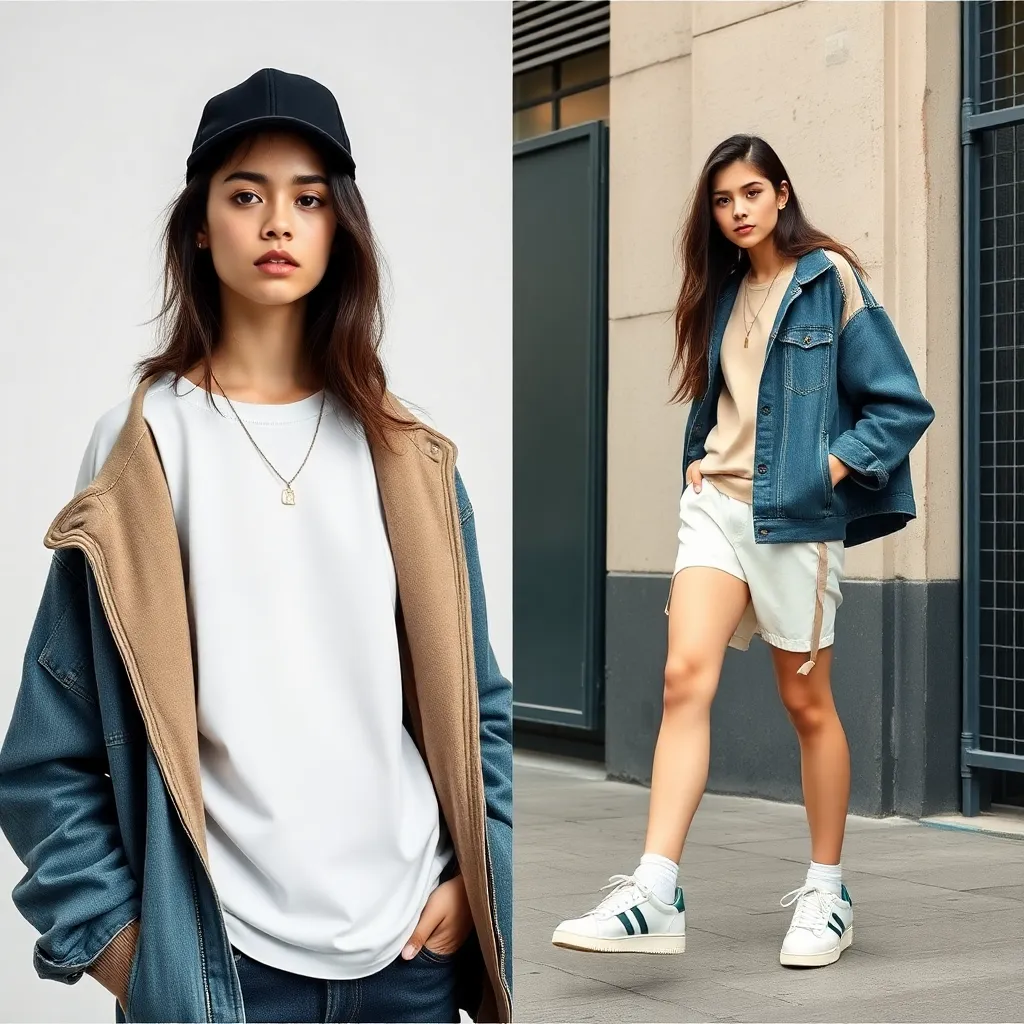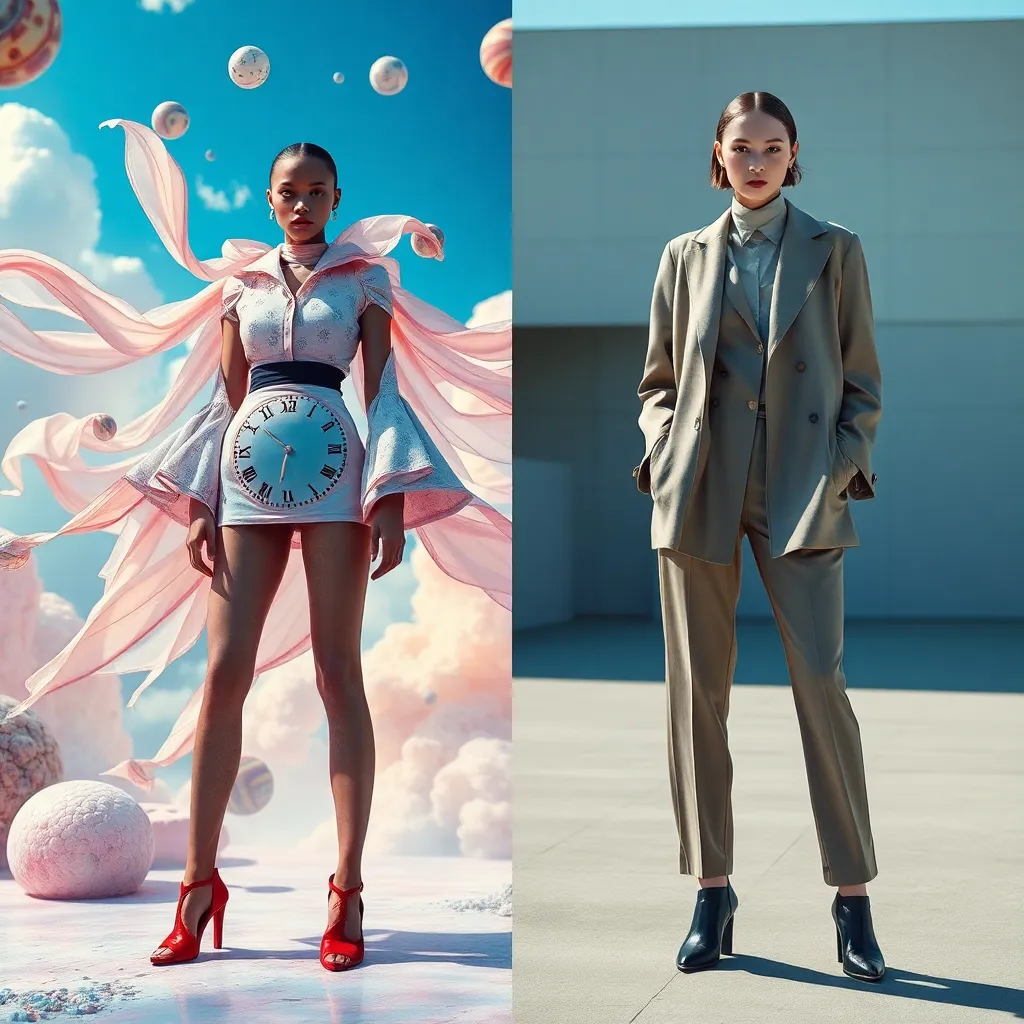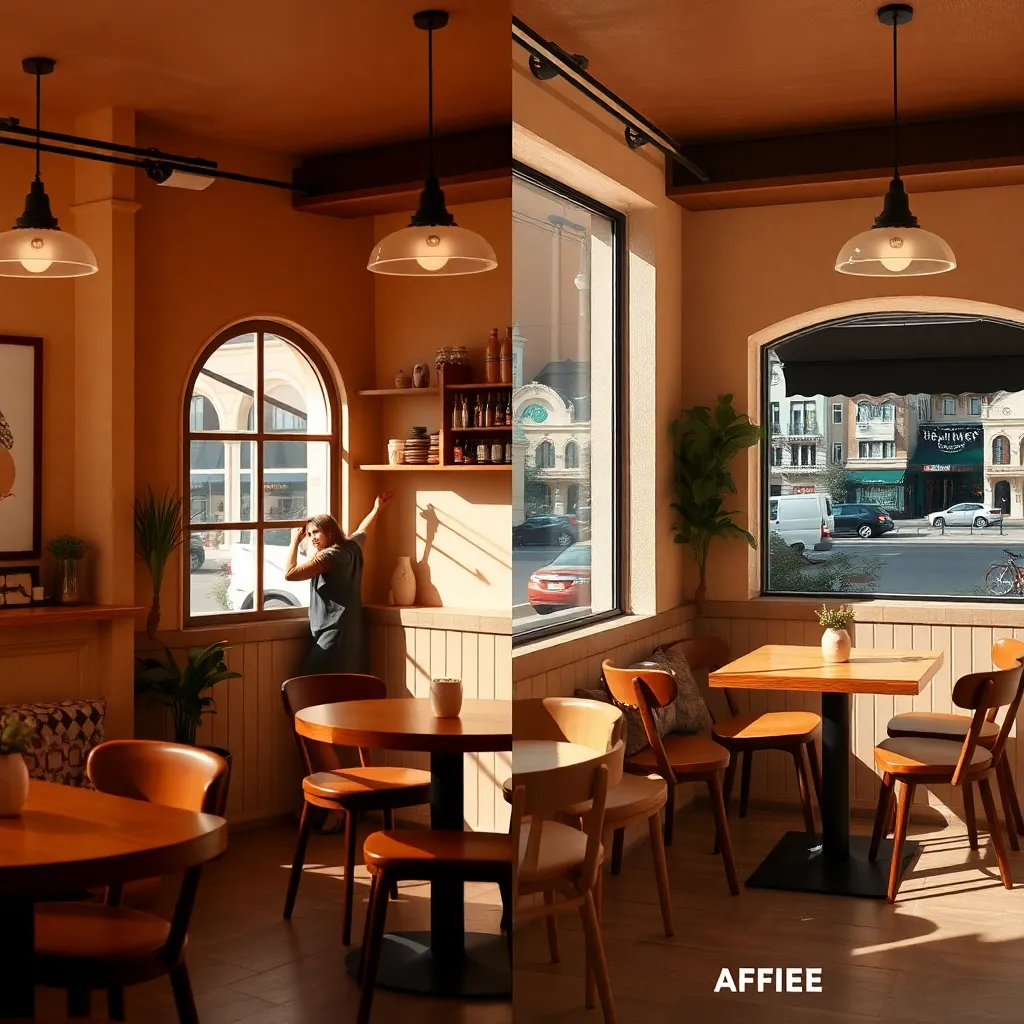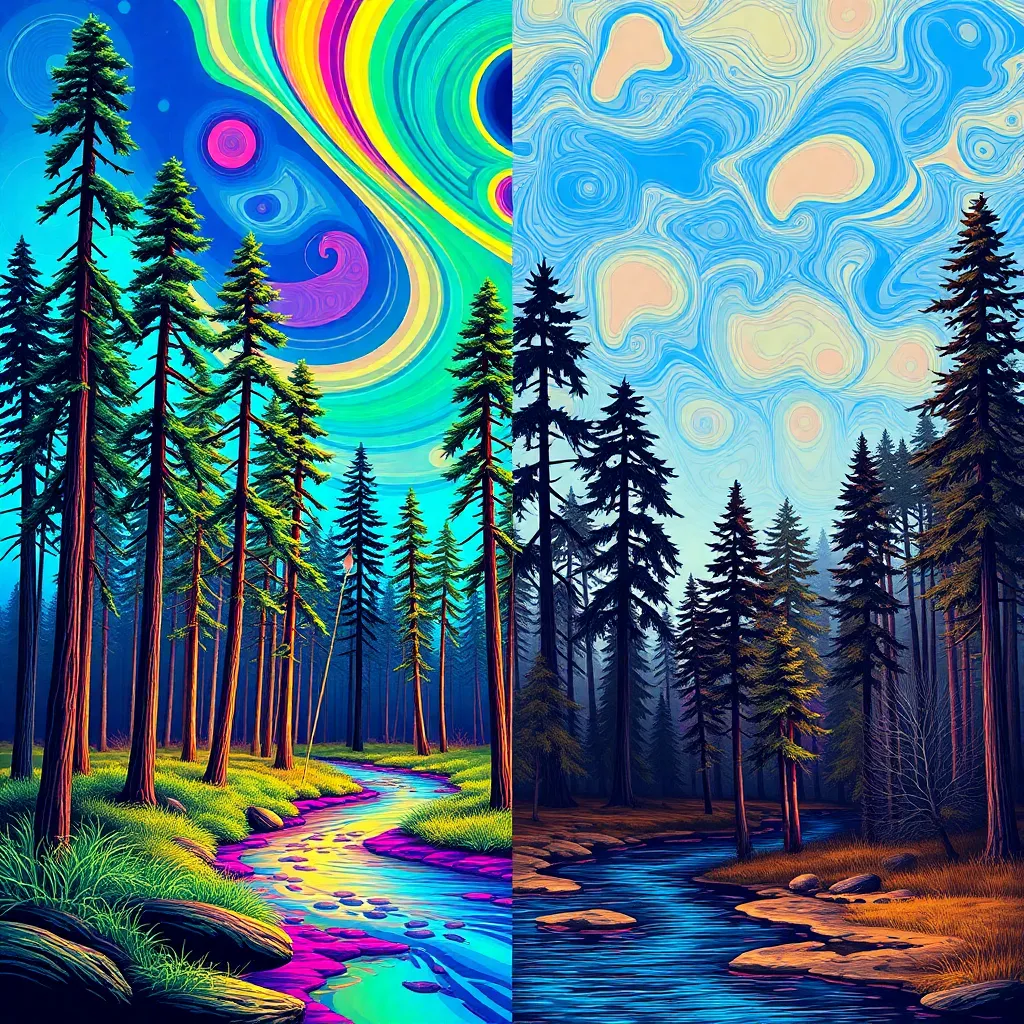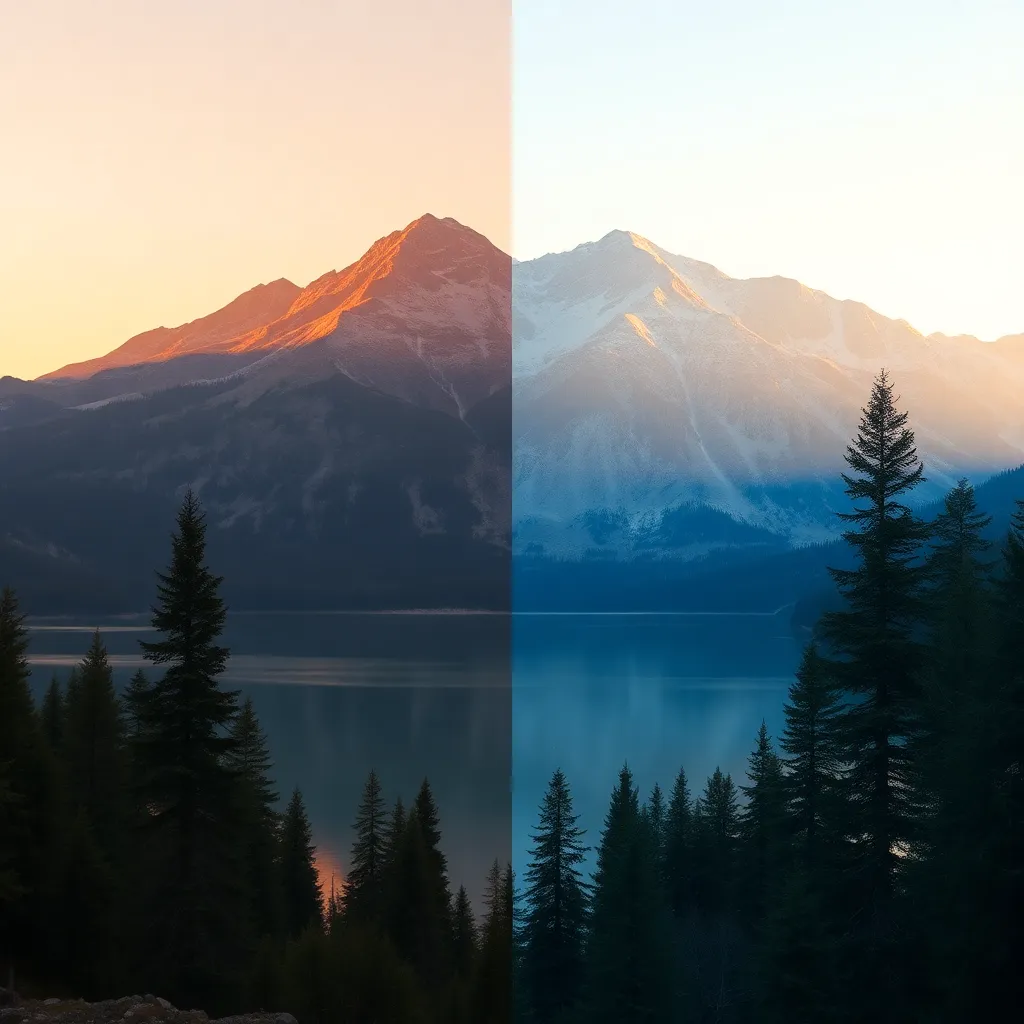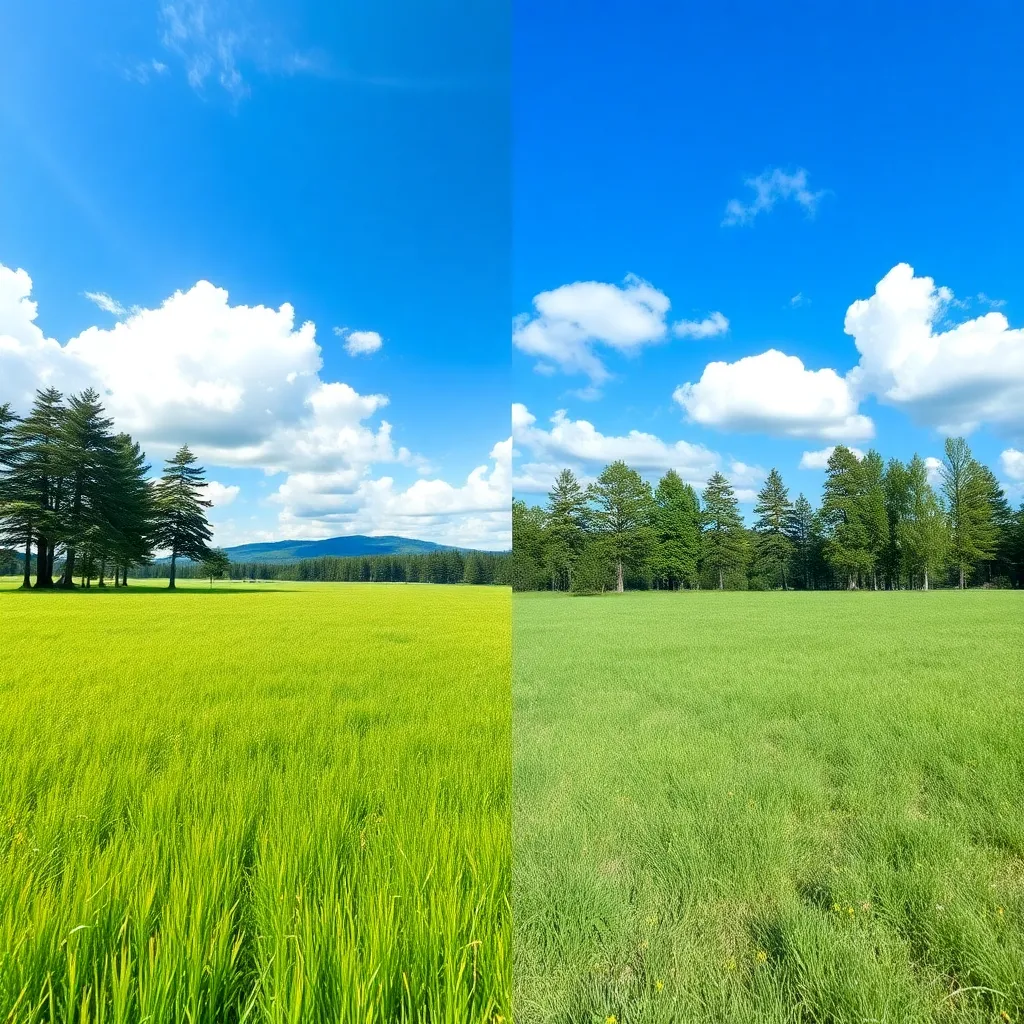Description of the Glossy Food Style
Glossy Food Style is a visually striking approach in food photography that emphasizes the shine, moisture, and vibrant colors of food. This effect creates an almost “wet look,” with reflective highlights that make dishes appear ultra-fresh and irresistibly appetizing. The style originated in commercial advertising and editorial photography, where the goal is to make food look as delicious as possible to entice consumers.
Historically, glossy food images became popular alongside the rise of color printing in magazines and cookbooks in the mid-20th century. Food stylists and photographers began using oils, glazes, and precise lighting to create that signature shine. Today, with advancements in digital photography and editing software, the glossy look can be achieved more easily, both in-studio and with AI-powered tools.
Who Is Using the Glossy Food Style?
This style is embraced by a wide array of professionals and enthusiasts:
- Commercial food photographers use it for product packaging, advertisements, and menus.
- Food stylists rely on the glossy finish to make dishes pop in print and digital media.
- Restaurants and cafes commission glossy imagery for marketing, social media, and menu boards.
- Food bloggers and influencers use it to create captivating images that stand out in crowded feeds.
- Cookbook publishers often request glossy food images to make recipes look especially inviting.
- Culinary brands employ glossy food photography in promotional materials and digital campaigns.
How Does Glossy Food Style Enhance Photos?
1. Boosts Visual Appeal
The glossy effect draws the viewer’s eye immediately, making food look fresher, juicier, and more flavorful. The highlights and reflections add a tactile sensation, making dishes appear “touchable” and sumptuous.
2. Emphasizes Freshness and Quality
Glossiness signals moisture and peak freshness—qualities closely associated with taste and quality. It can make fruits, desserts, and meats look newly prepared and ready to eat.
3. Adds Color Vibrancy
Shiny surfaces intensify color saturation, making reds, greens, and yellows pop. This vibrancy is especially important in digital marketing and social media, where colorful images attract more engagement.
4. Creates Depth and Dimension
Reflective highlights and shadows sculpt the food, creating a three-dimensional effect. This depth makes images more dynamic and realistic, increasing their mouth-watering appeal.
5. Enhances Appetite Appeal
By mimicking the natural sheen of fresh, moist foods, this style triggers appetite on a psychological level. Glossy foods look more indulgent, luxurious, and tempting.
Use Cases of Glossy Food Style
A glossy burger or entrée photo on a menu can directly influence customer choices. The shine on the bun, melted cheese, and juicy patty makes the dish look delectable and worth ordering.
Platforms like Instagram favor vibrant, eye-catching images. A glossy donut with colorful icing and a shiny glaze is more likely to grab attention and drive likes, shares, and comments.
Food Packaging Design
Packaging needs to convey freshness and indulgence at a glance. Glossy chocolate bars or snacks stand out on store shelves, making them more appealing to shoppers.
Cookbook Illustrations
Cookbooks use glossy food images to inspire readers. A shiny pasta dish or glazed dessert makes the recipe feel more attainable and delicious, motivating readers to try it at home.
Food Advertisements
Glossy lemonade or drinks, with visible condensation, evoke refreshment and thirst-quenching qualities. This look is perfect for ads aiming to entice and persuade.
Food Blog Features
A fruit tart with a mirror-like glaze and vibrant fruit colors can become the visual centerpiece of a food blog post, inviting readers to linger and try the recipe.
Pro Tips & Conclusion
Pro Tips for Achieving Glossy Food Style
- Use the Right Lighting: Softboxes, reflectors, and controlled highlights are essential for creating natural-looking shine without harsh glare.
- Apply Glazes and Sprays: Food-safe glazes, oils, or even water sprays can add extra gloss to surfaces, especially baked goods and proteins.
- Style with Purpose: Arrange food to maximize the effect of the shine—angled cuts and layering can catch the light perfectly.
- Edit Thoughtfully: Post-processing tools can enhance glossiness, but avoid overdoing it to maintain a realistic and appetizing look.
- Keep Food Fresh: Shoot quickly after food is styled to capture peak freshness and prevent loss of shine.
Conclusion
Glossy Food Style transforms ordinary dishes into mouth-watering visual masterpieces. Whether for commercial menus, packaging, social media, or blogs, the effect enhances color, freshness, and appetite appeal, making food look irresistible. With the right techniques and tools, anyone can harness the power of gloss to elevate their food photography and captivate their audience.
